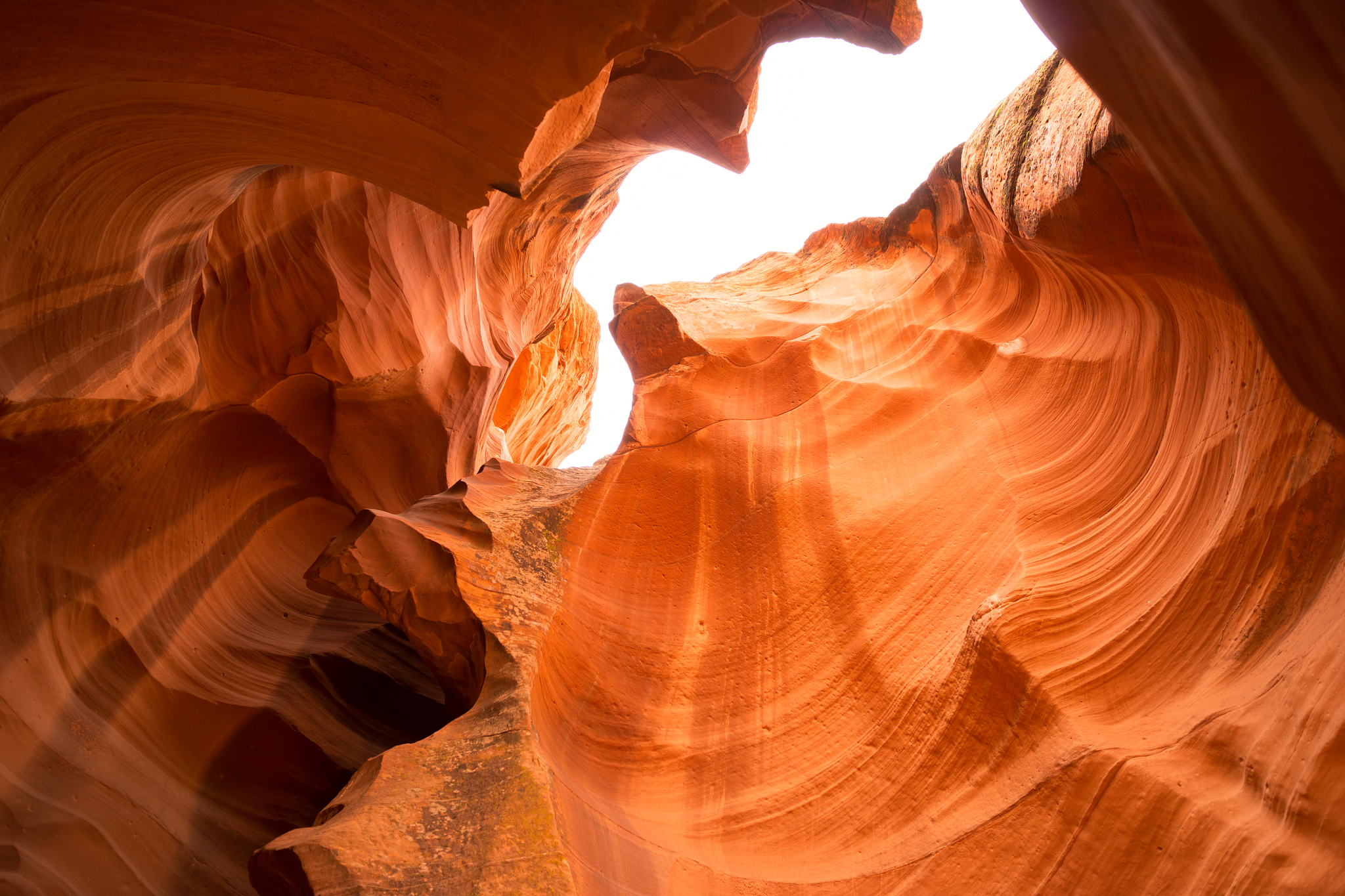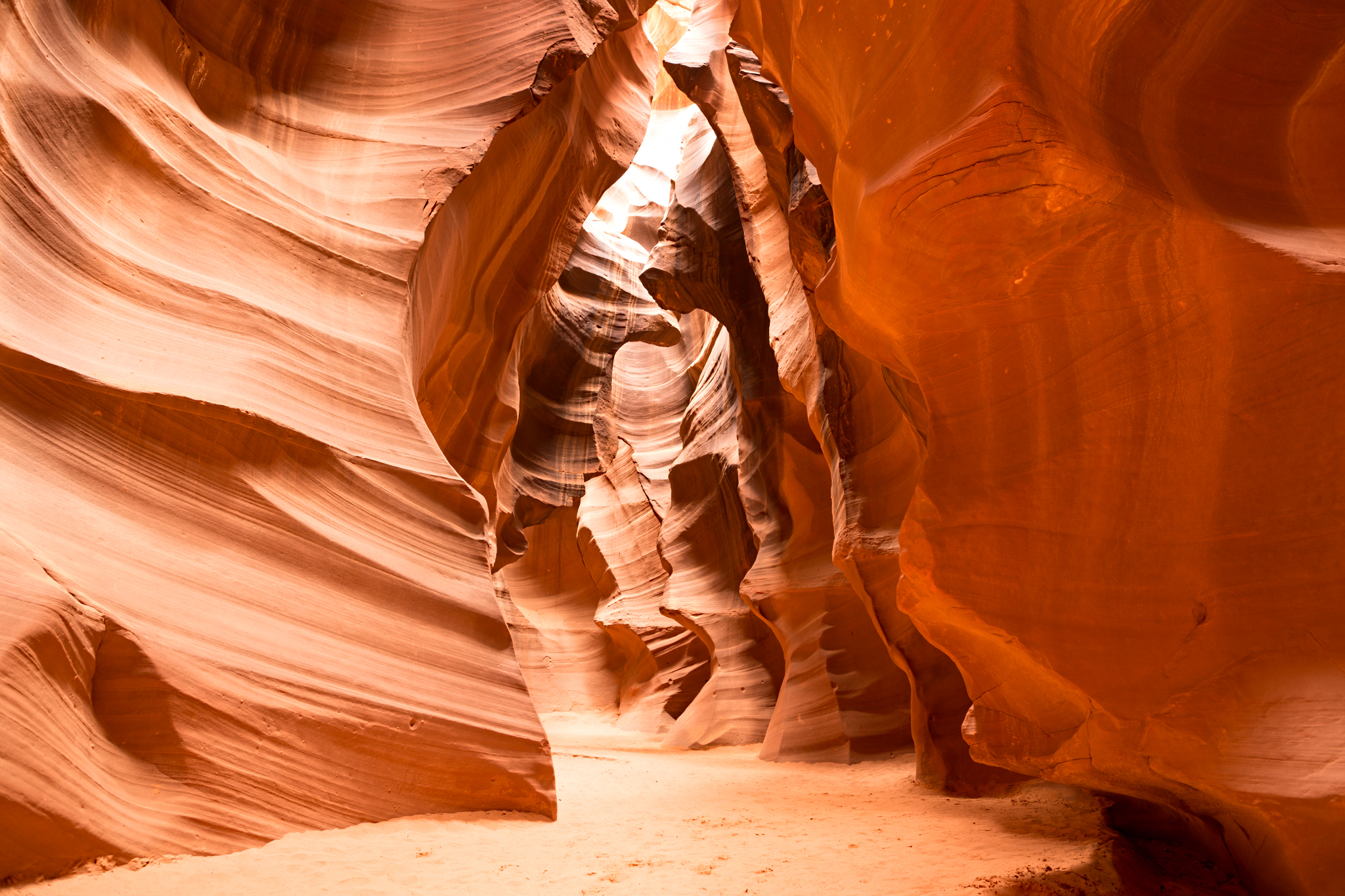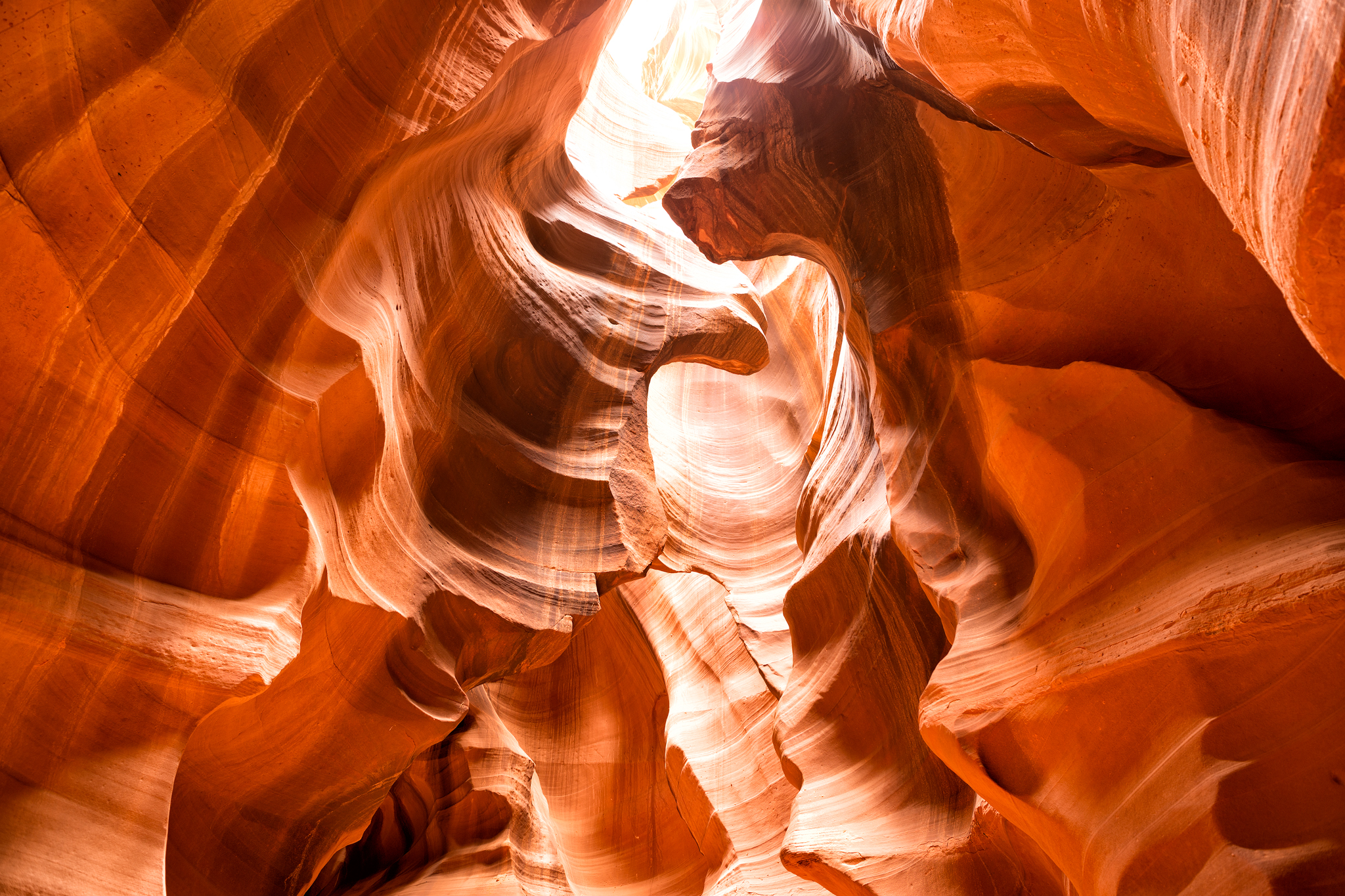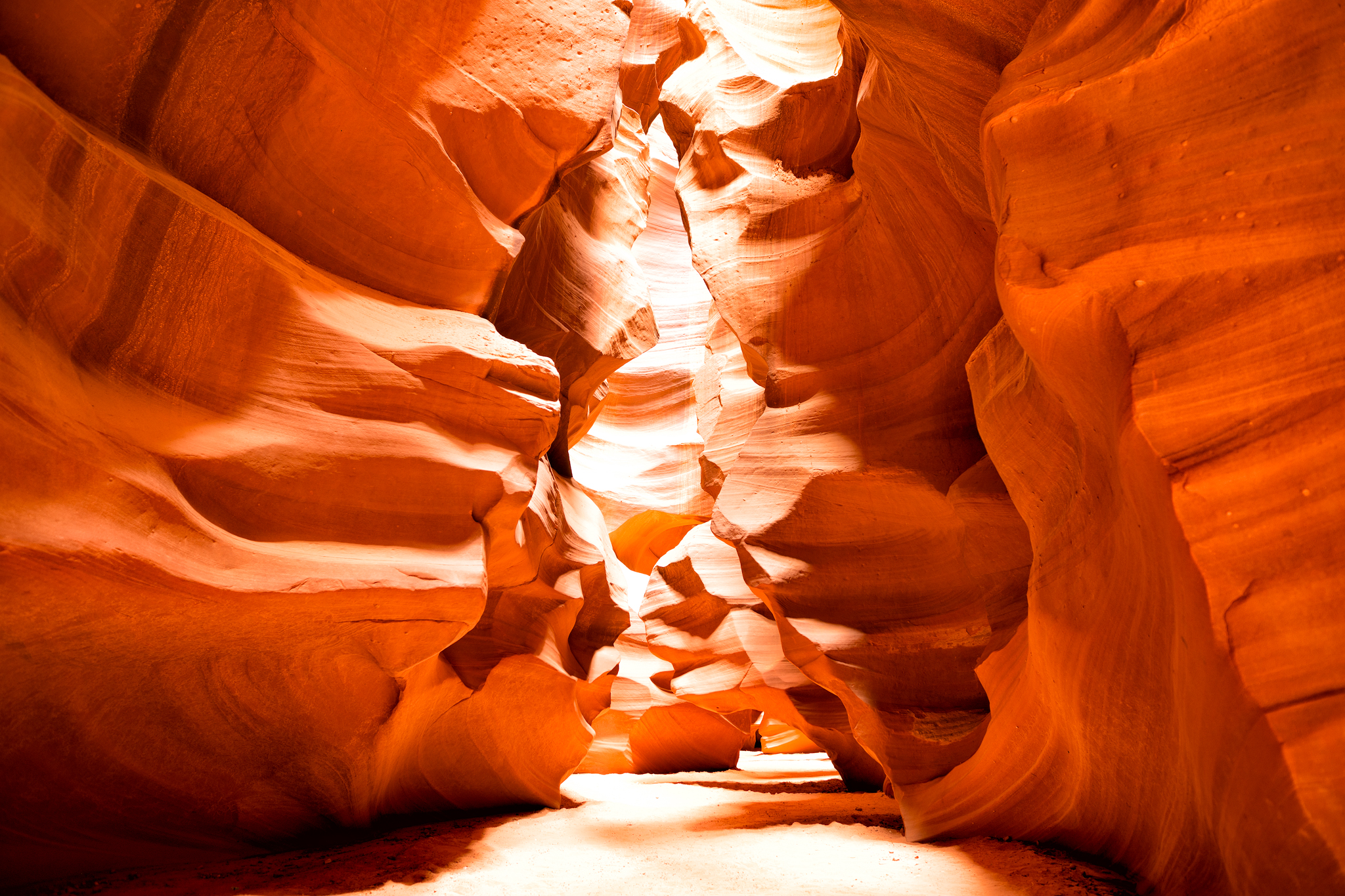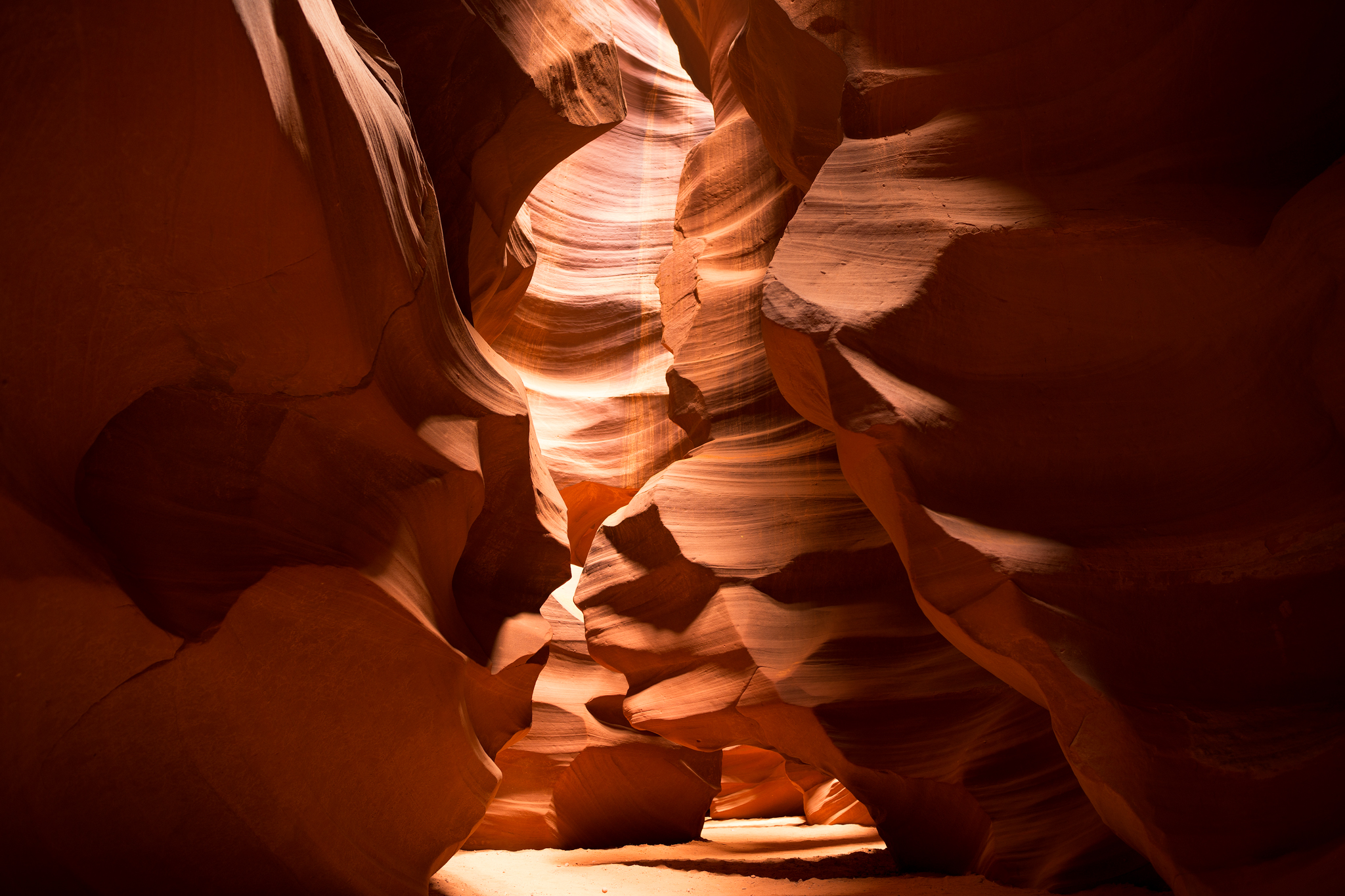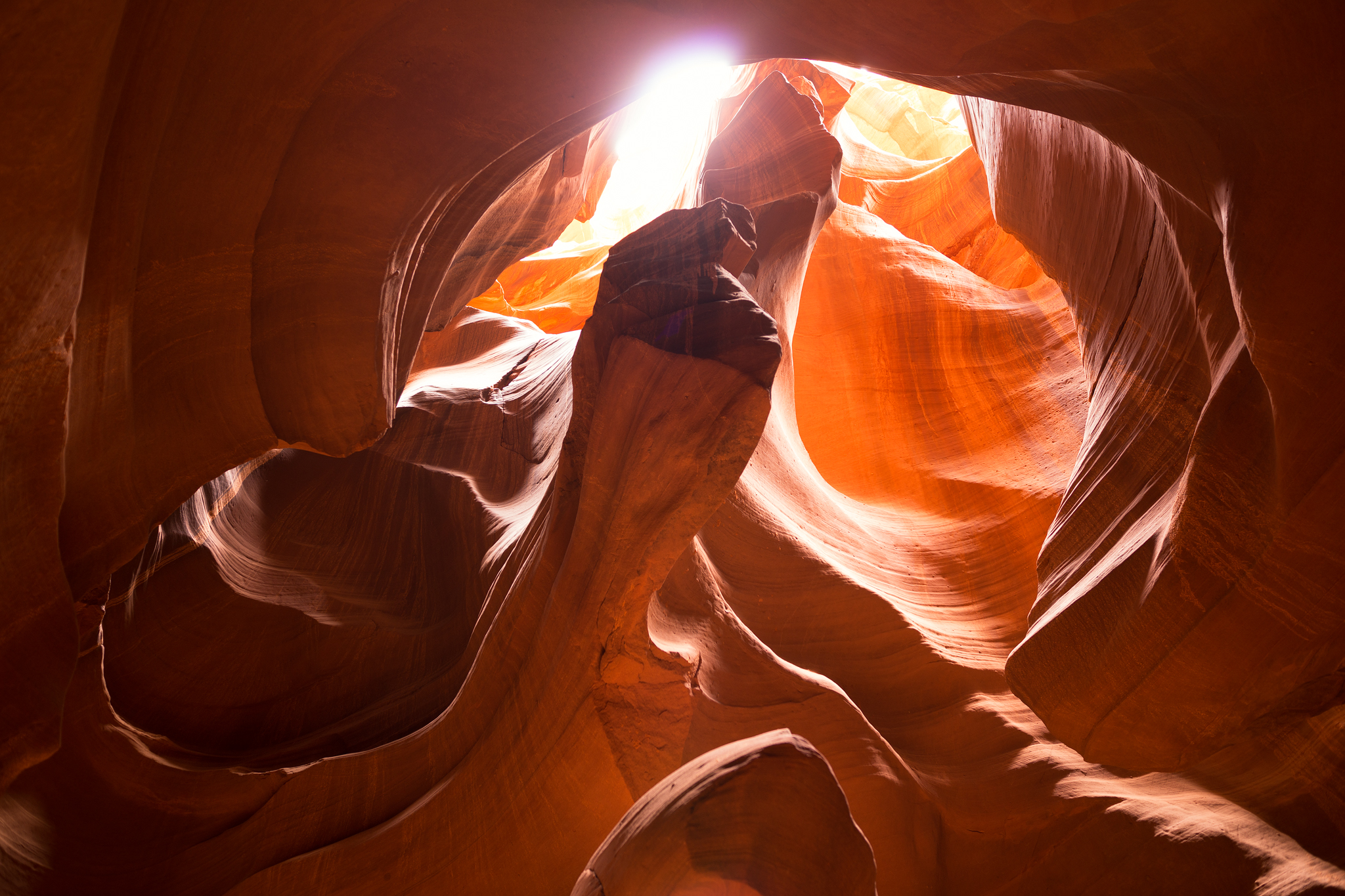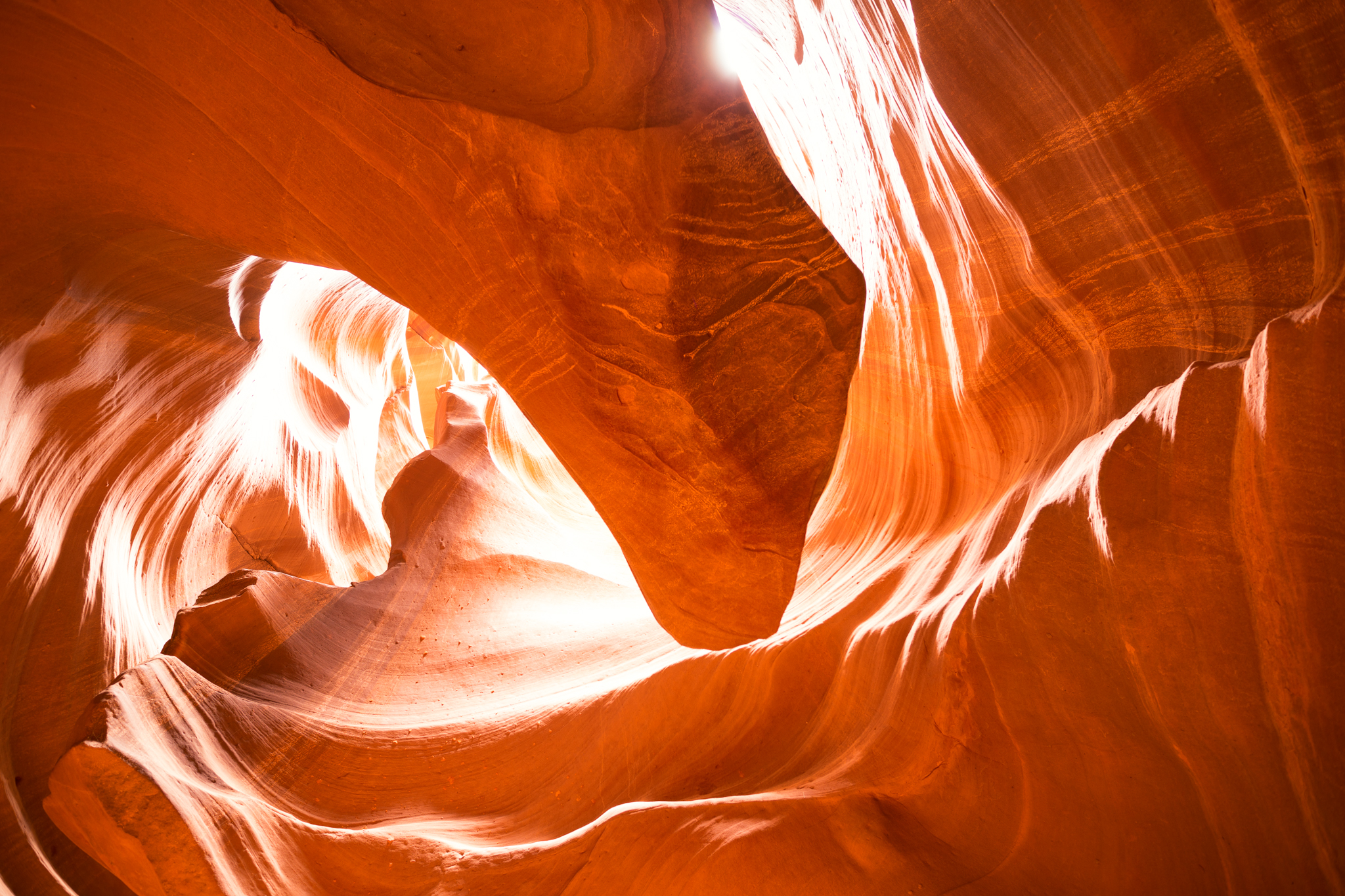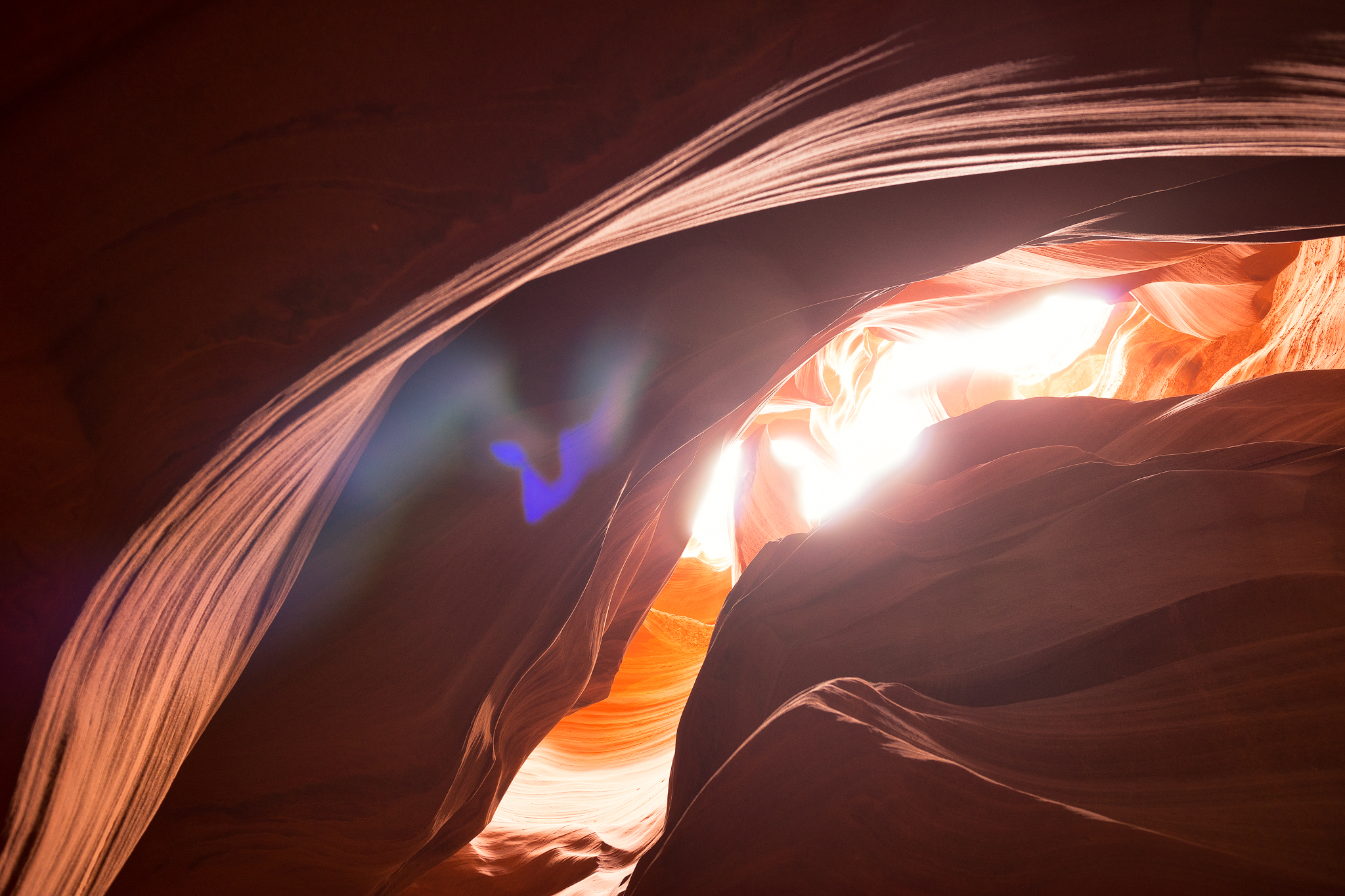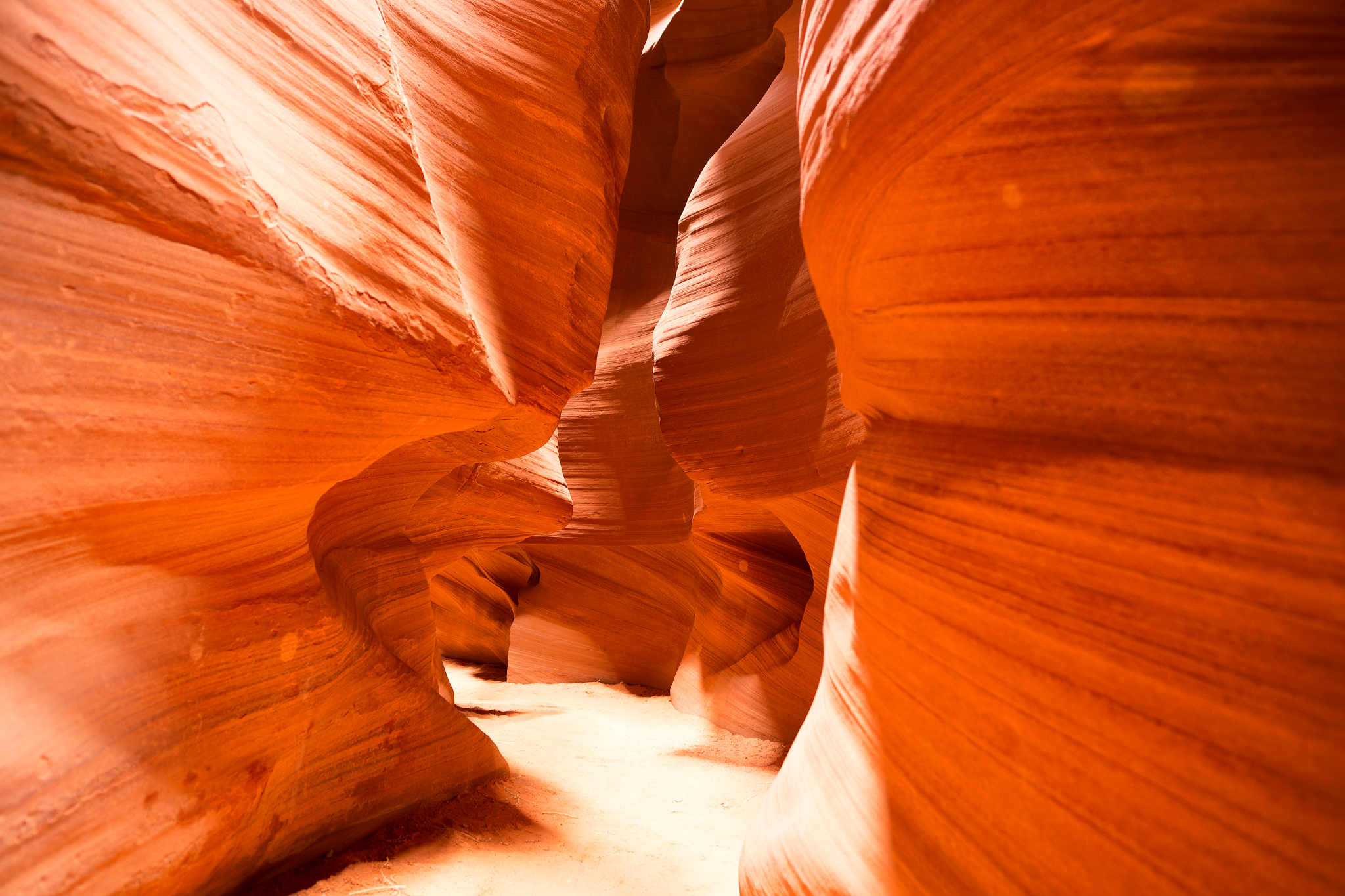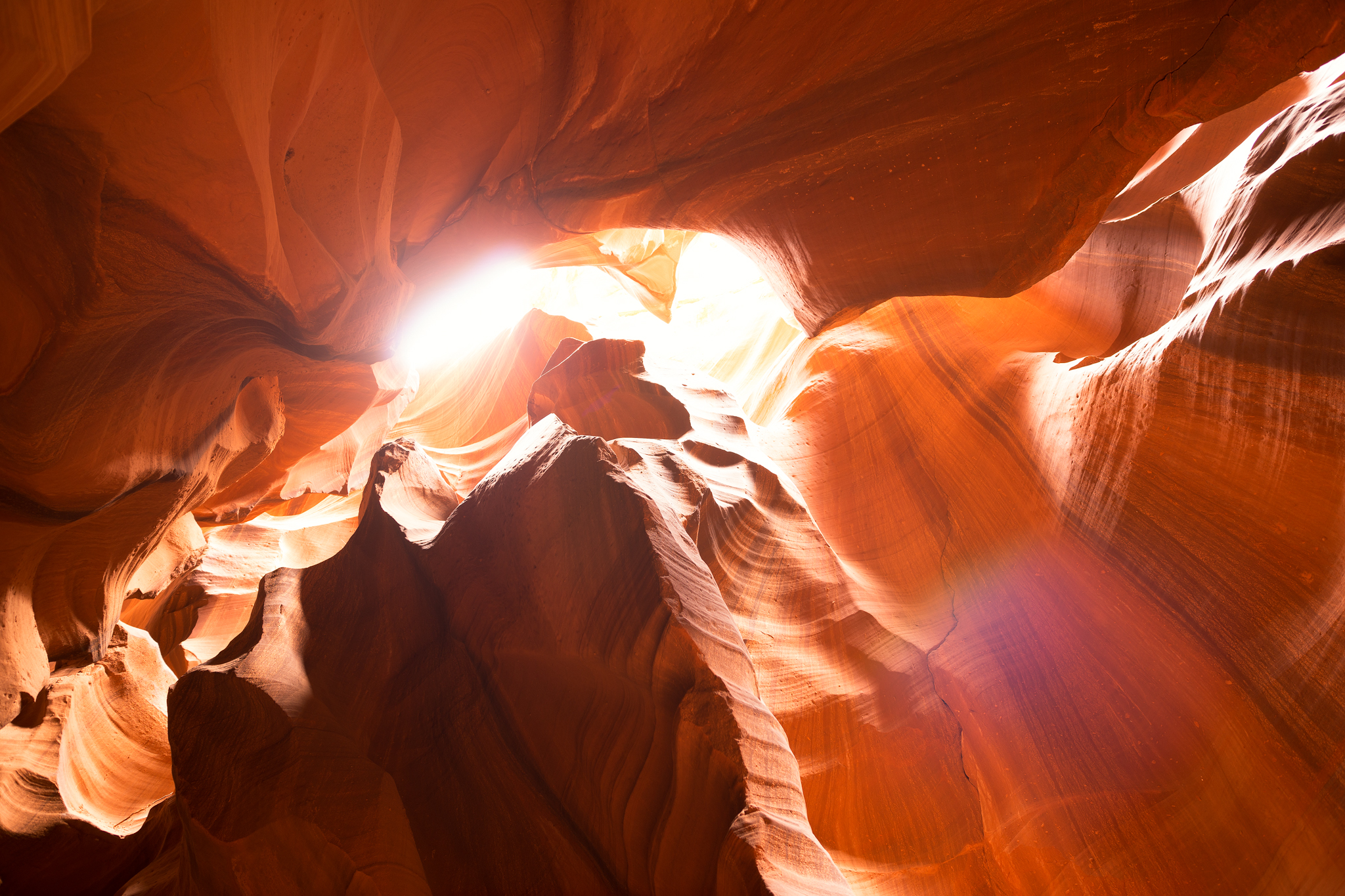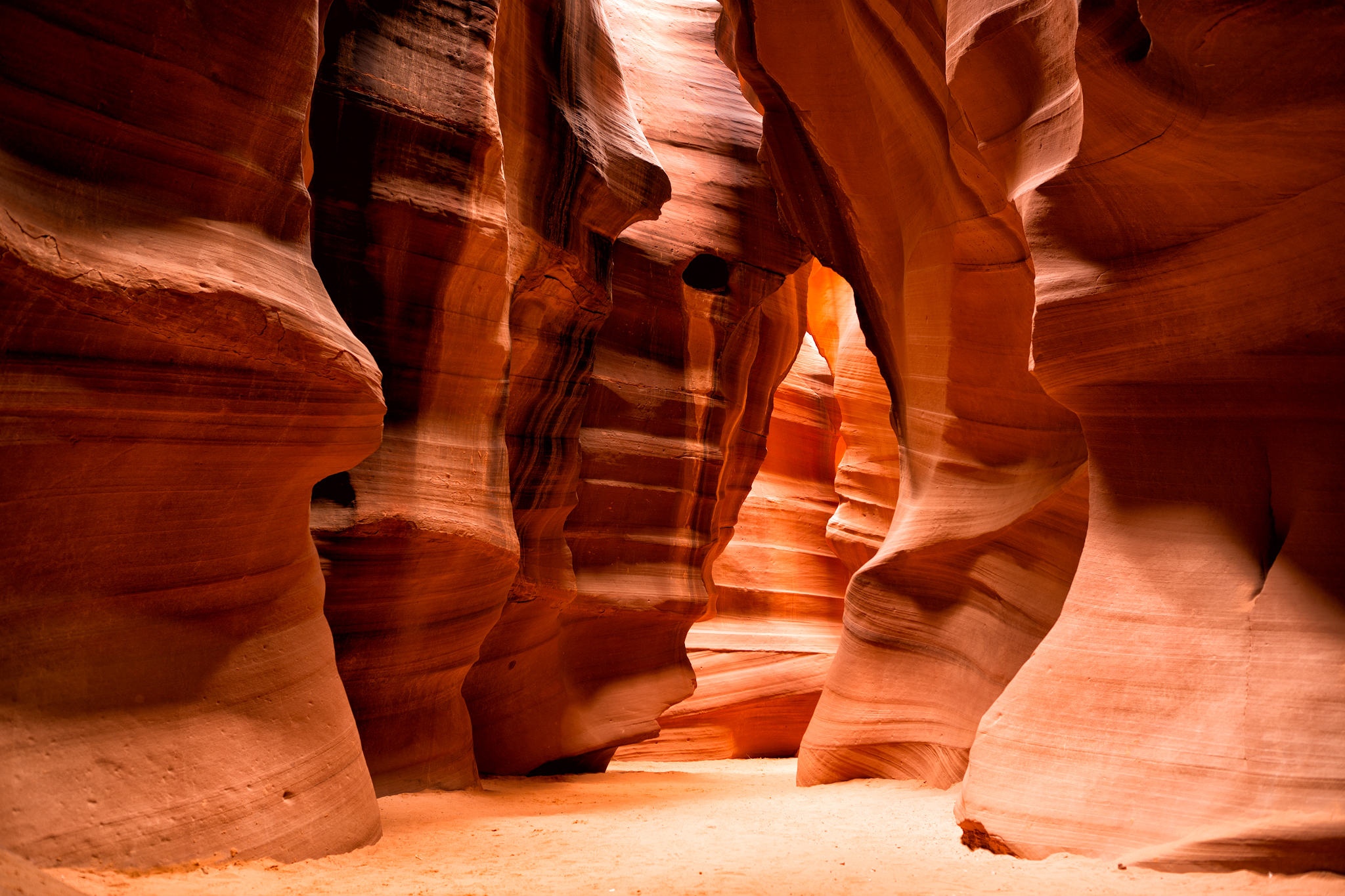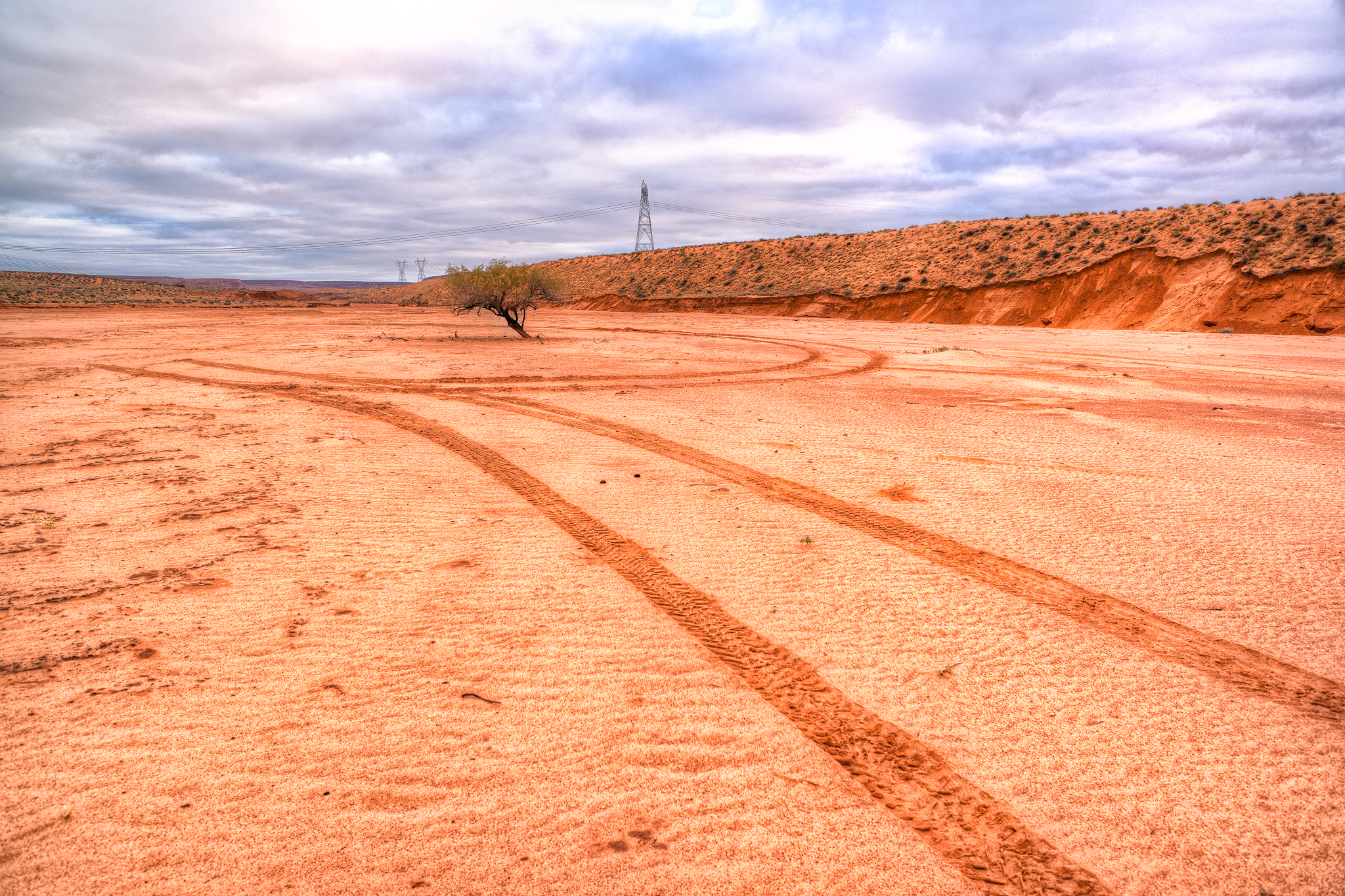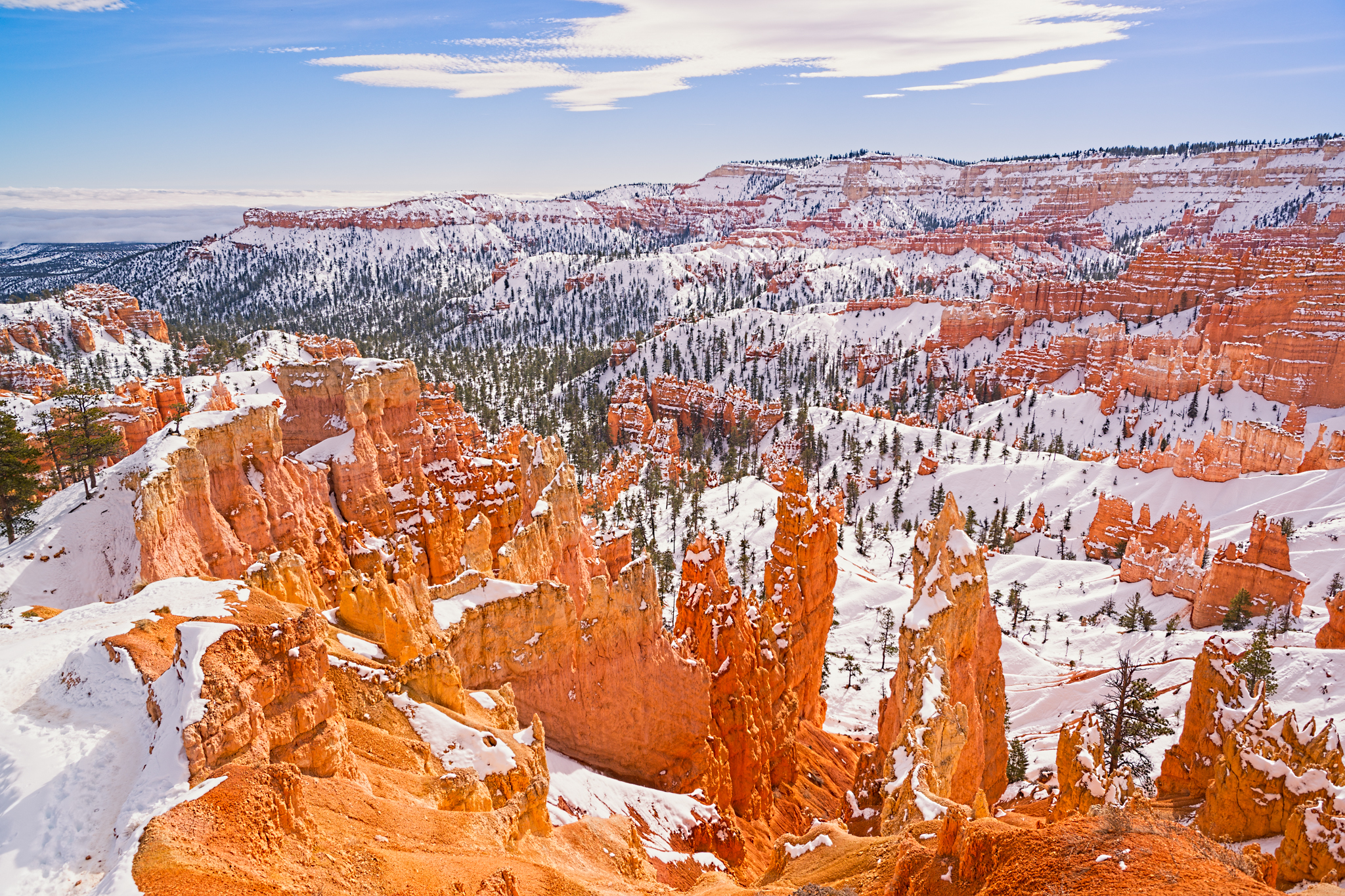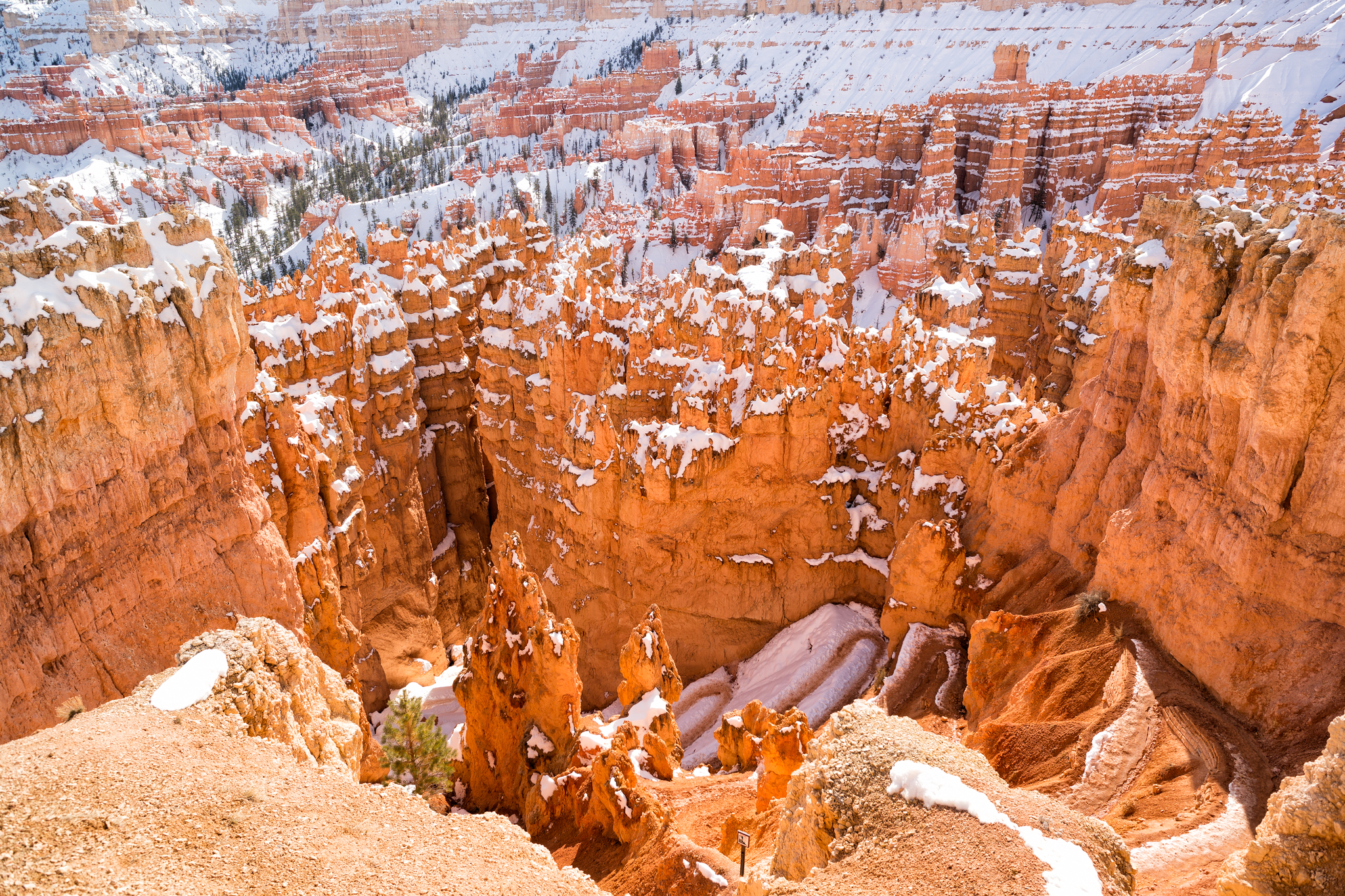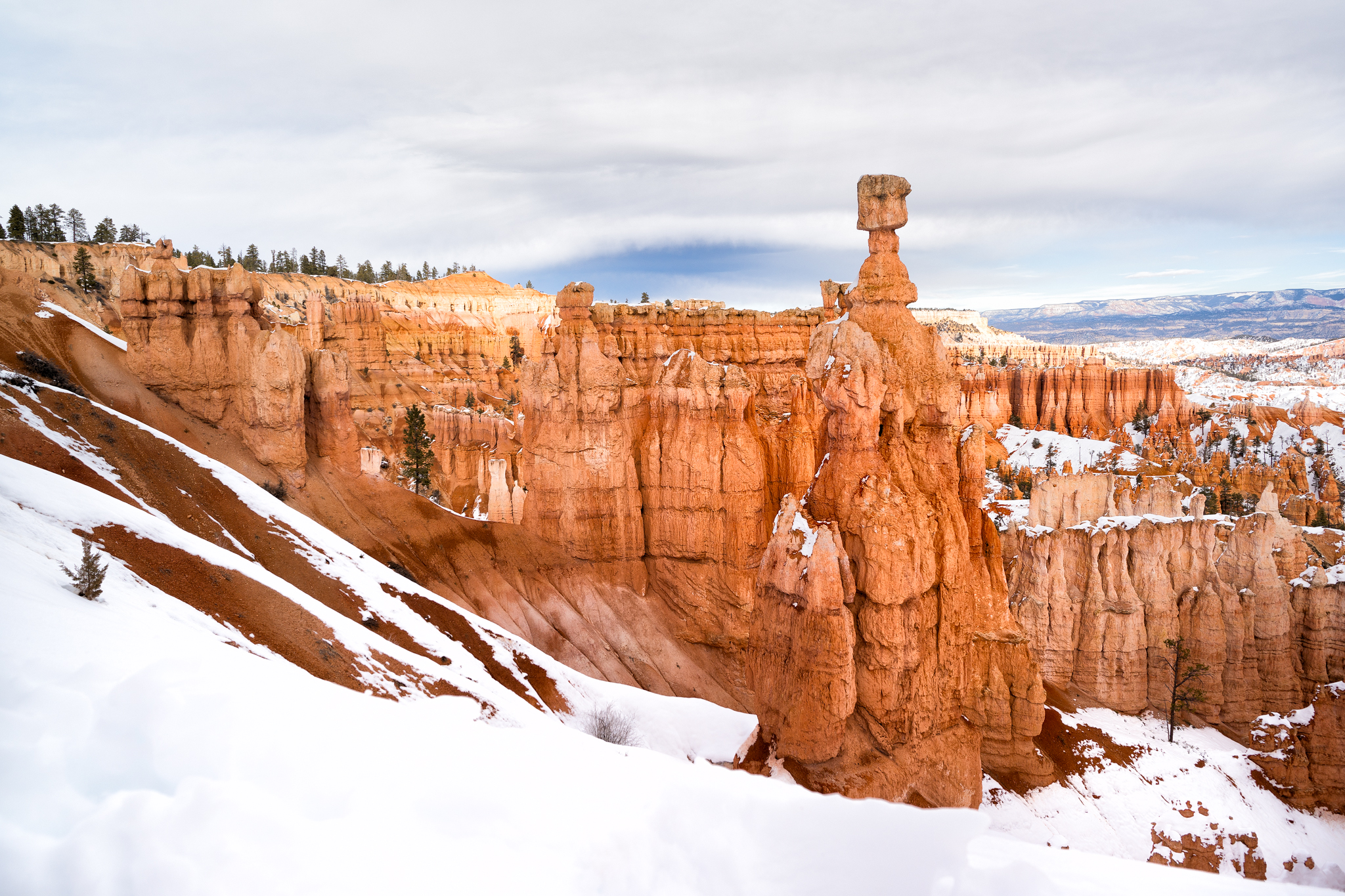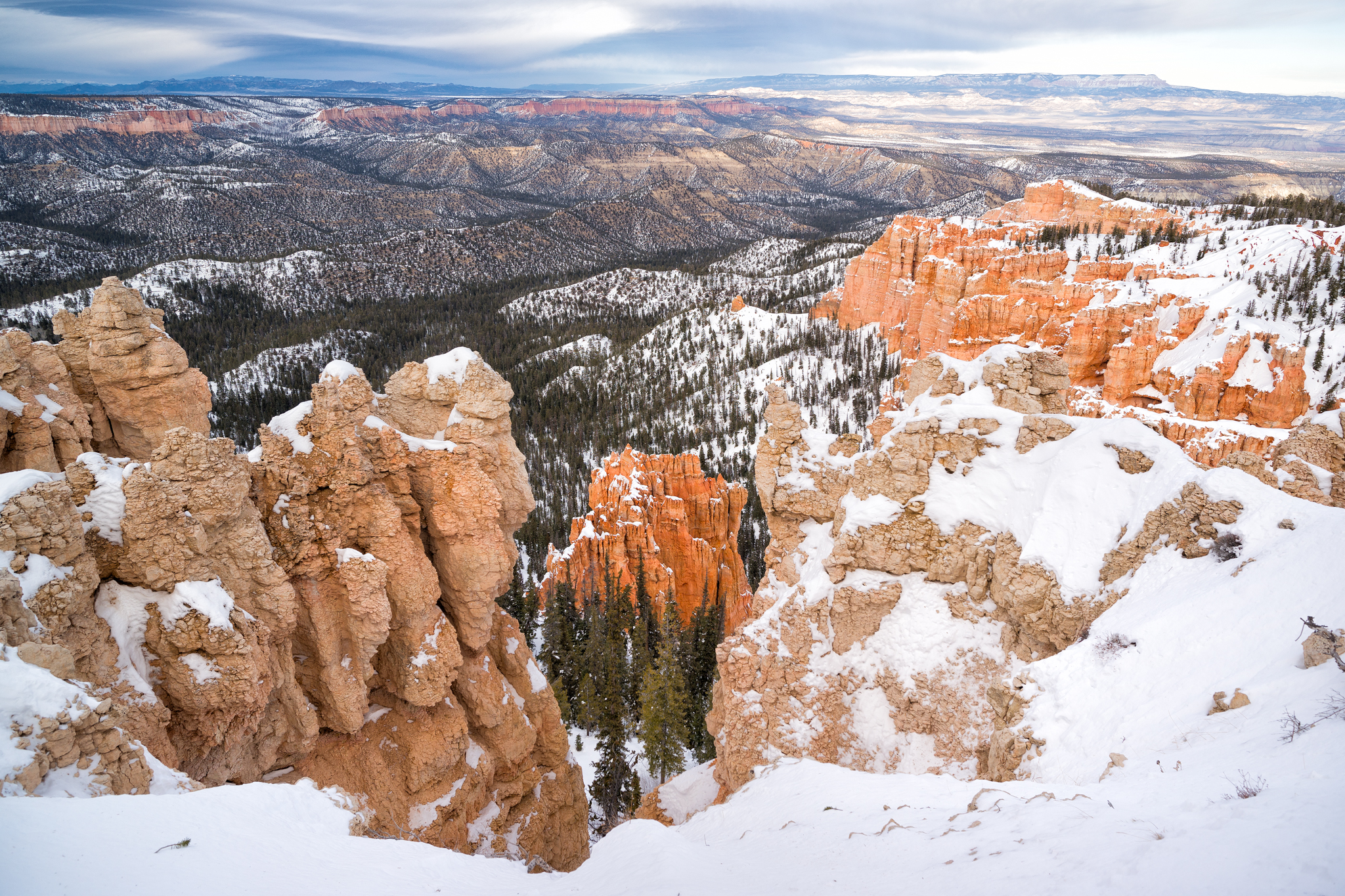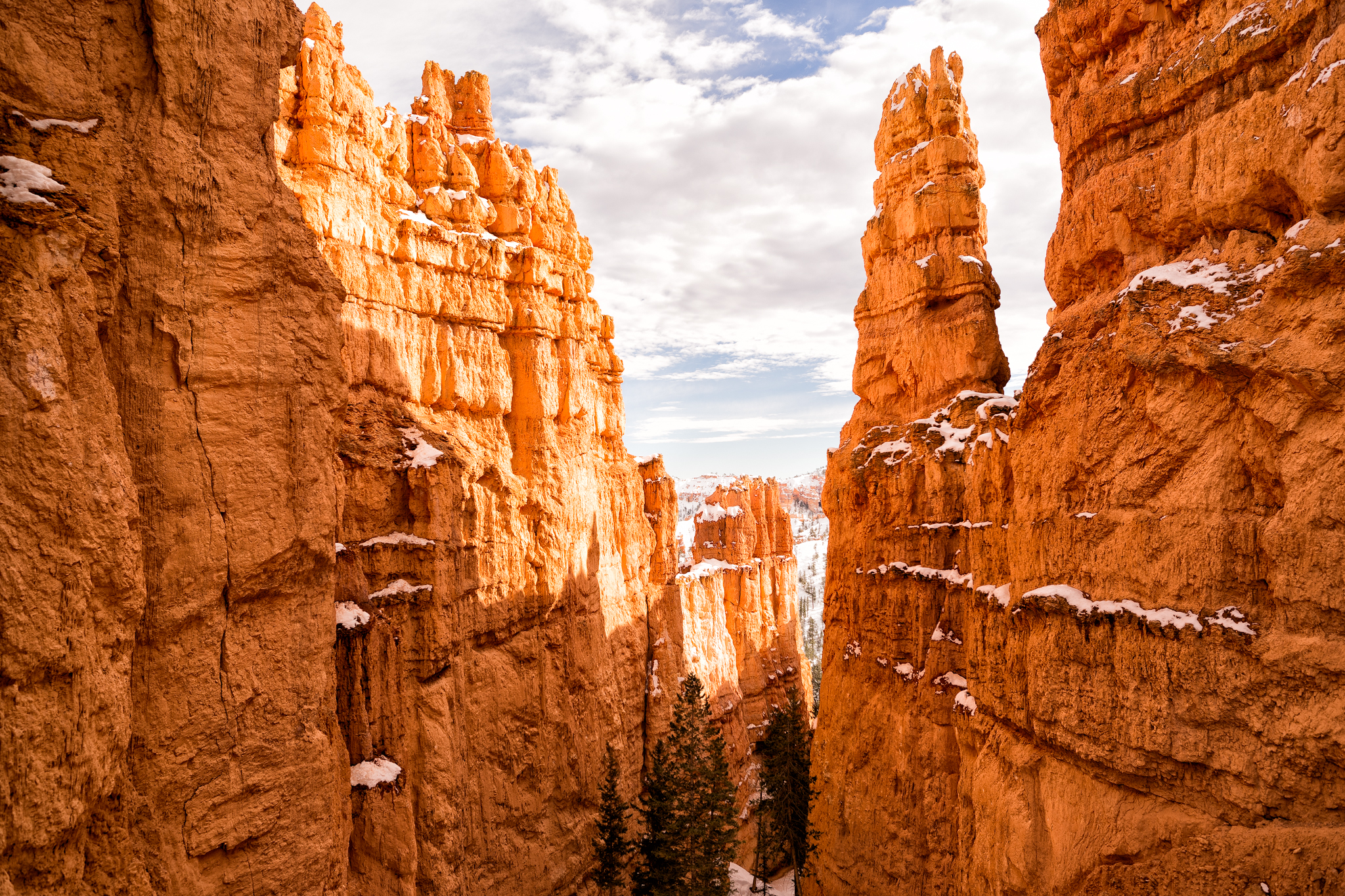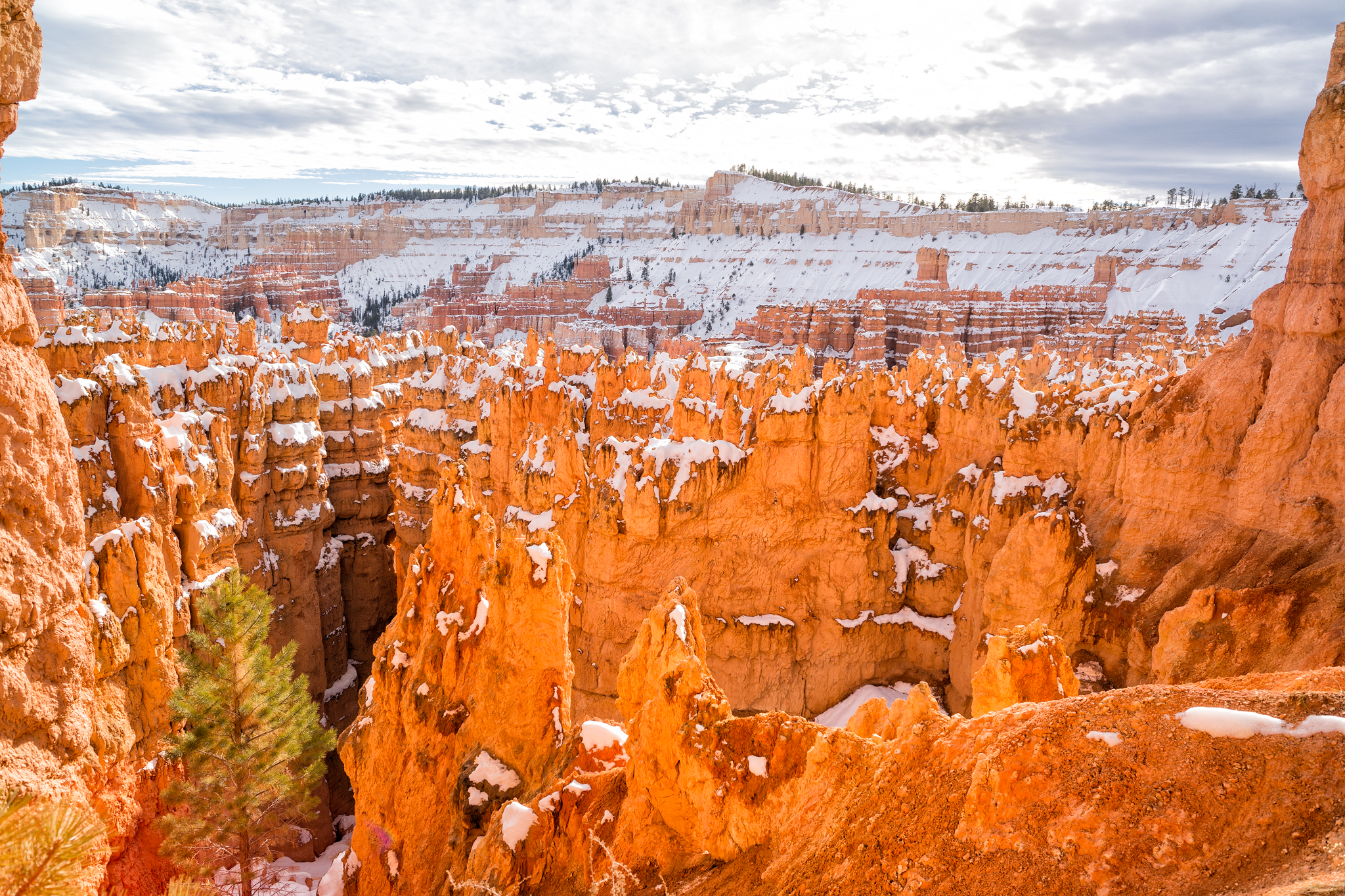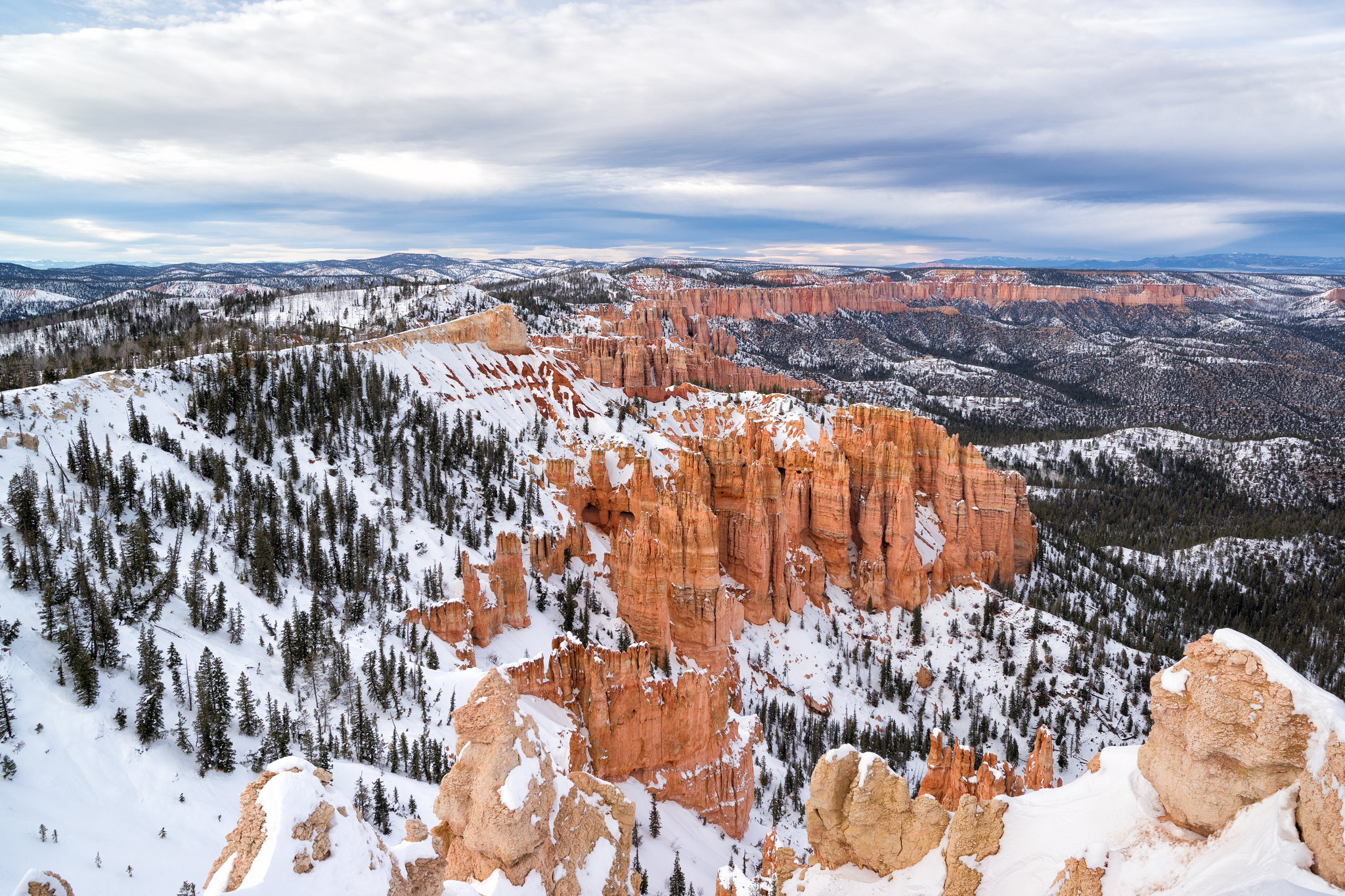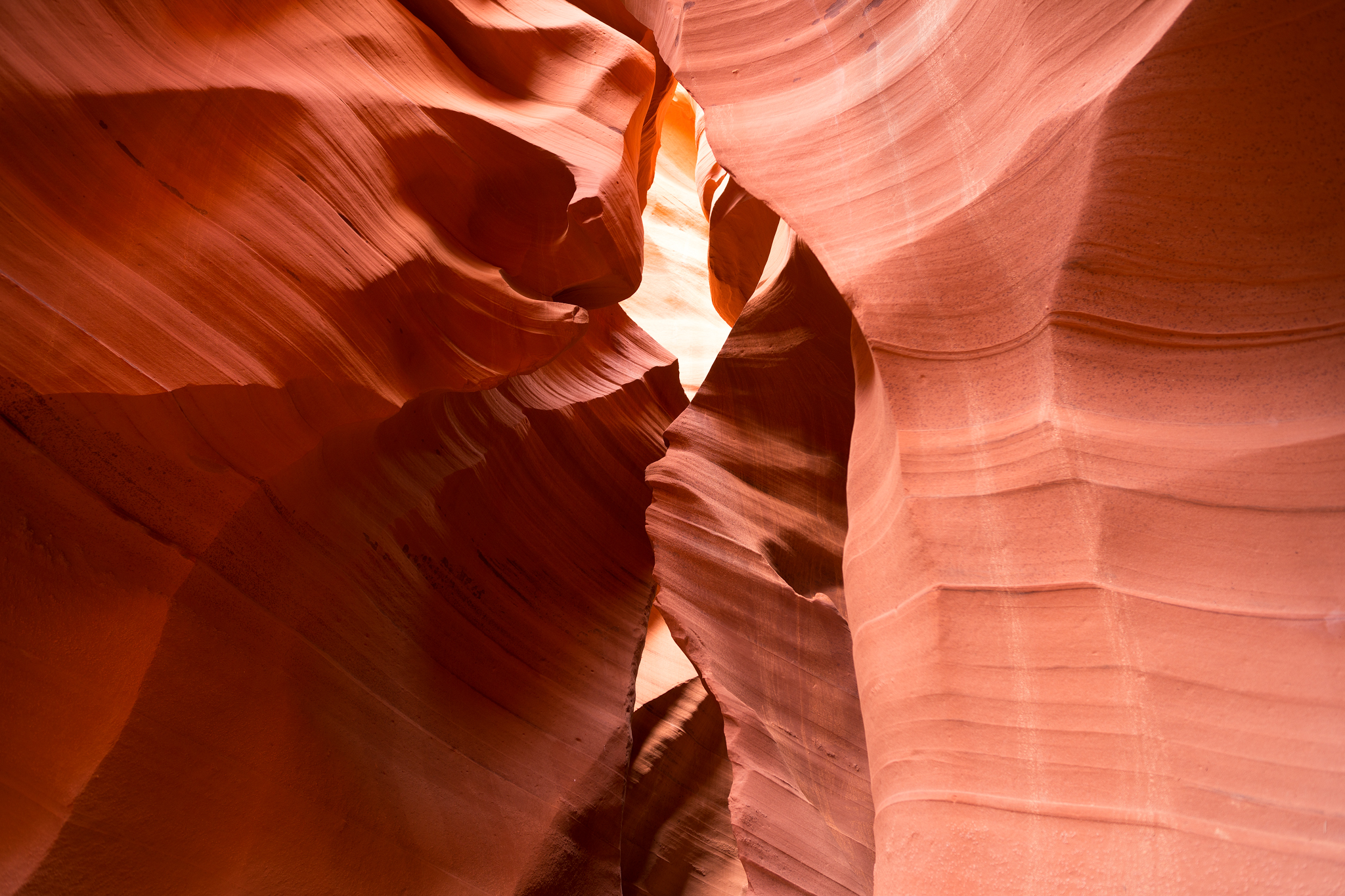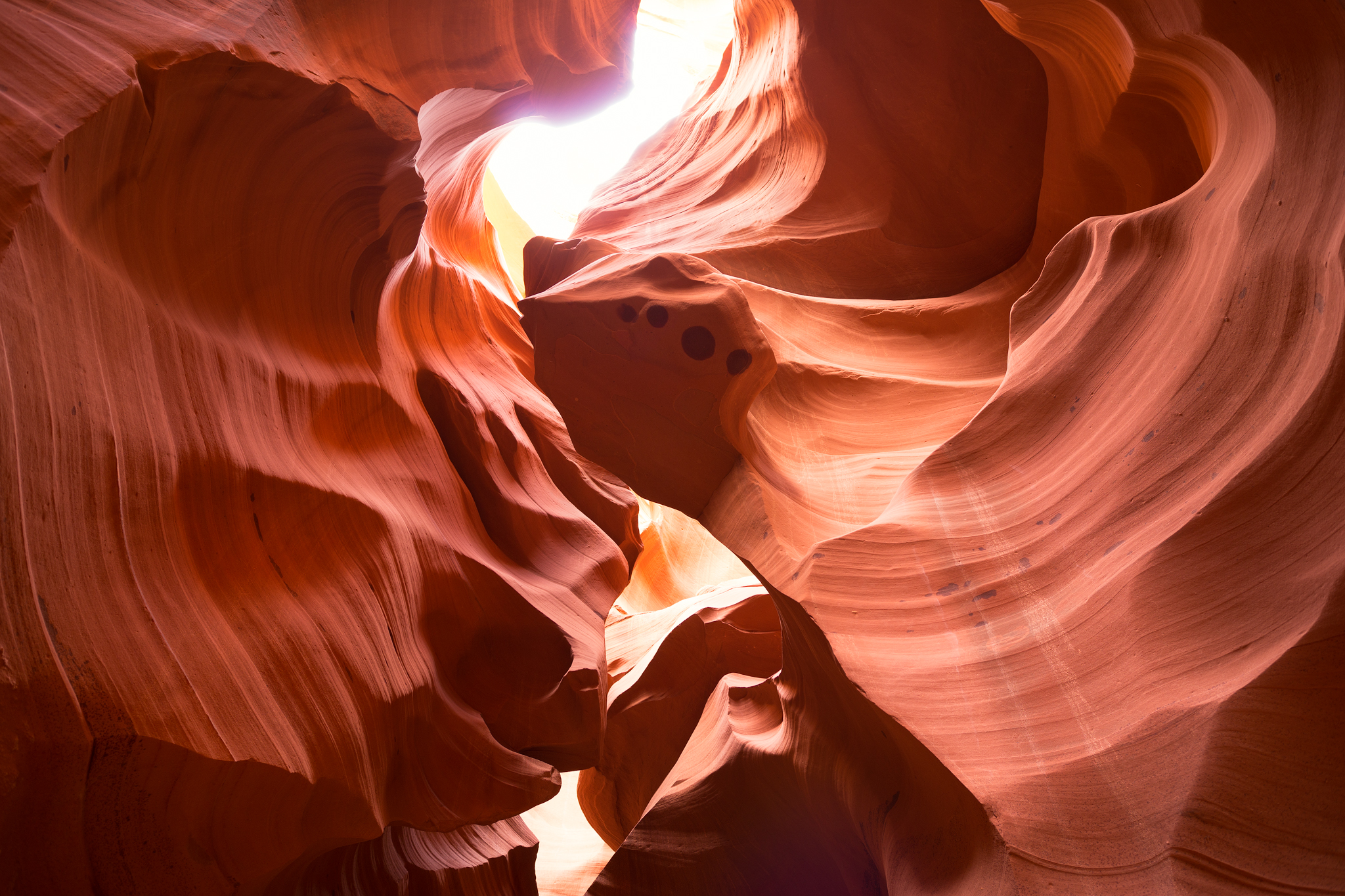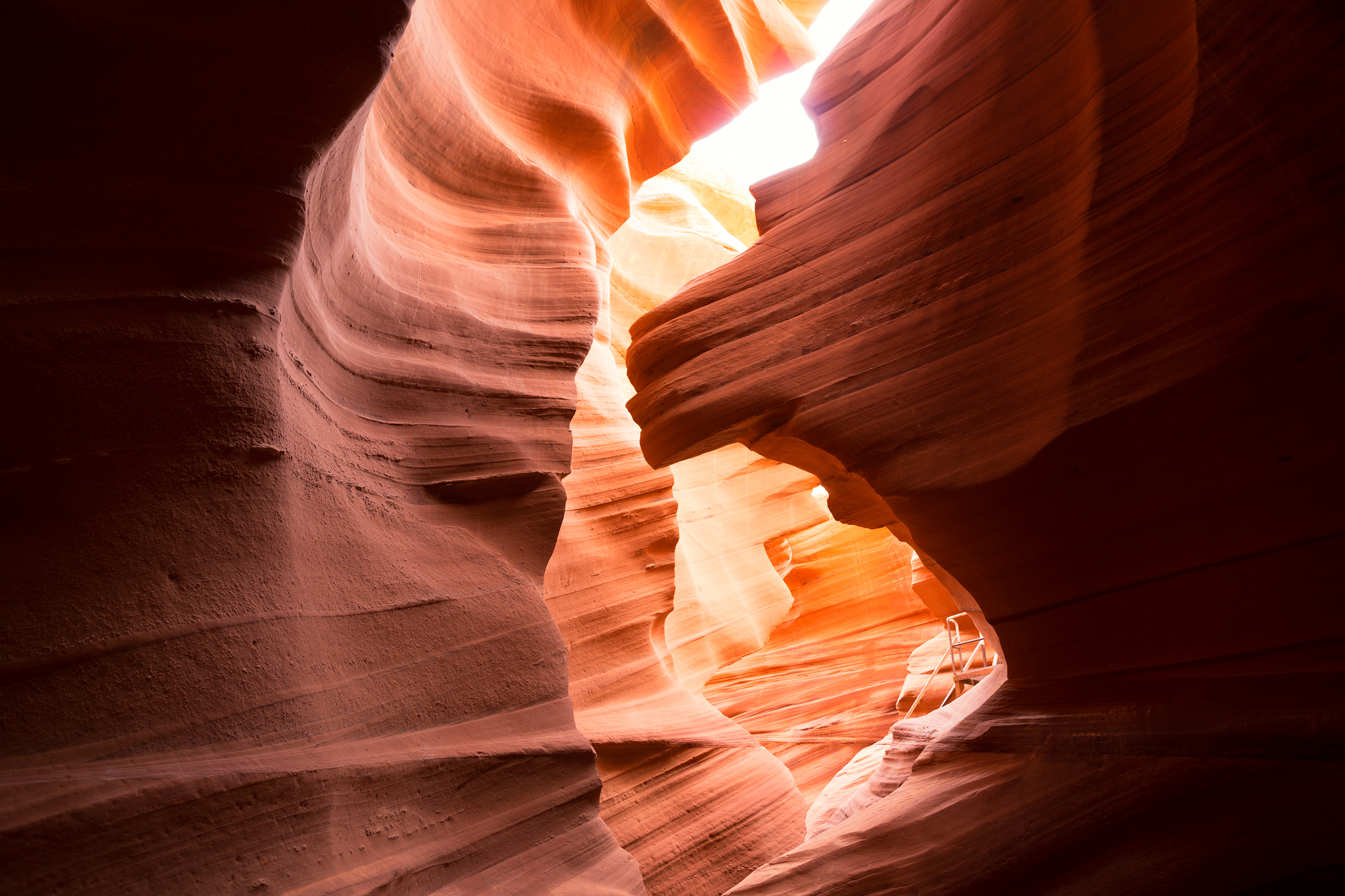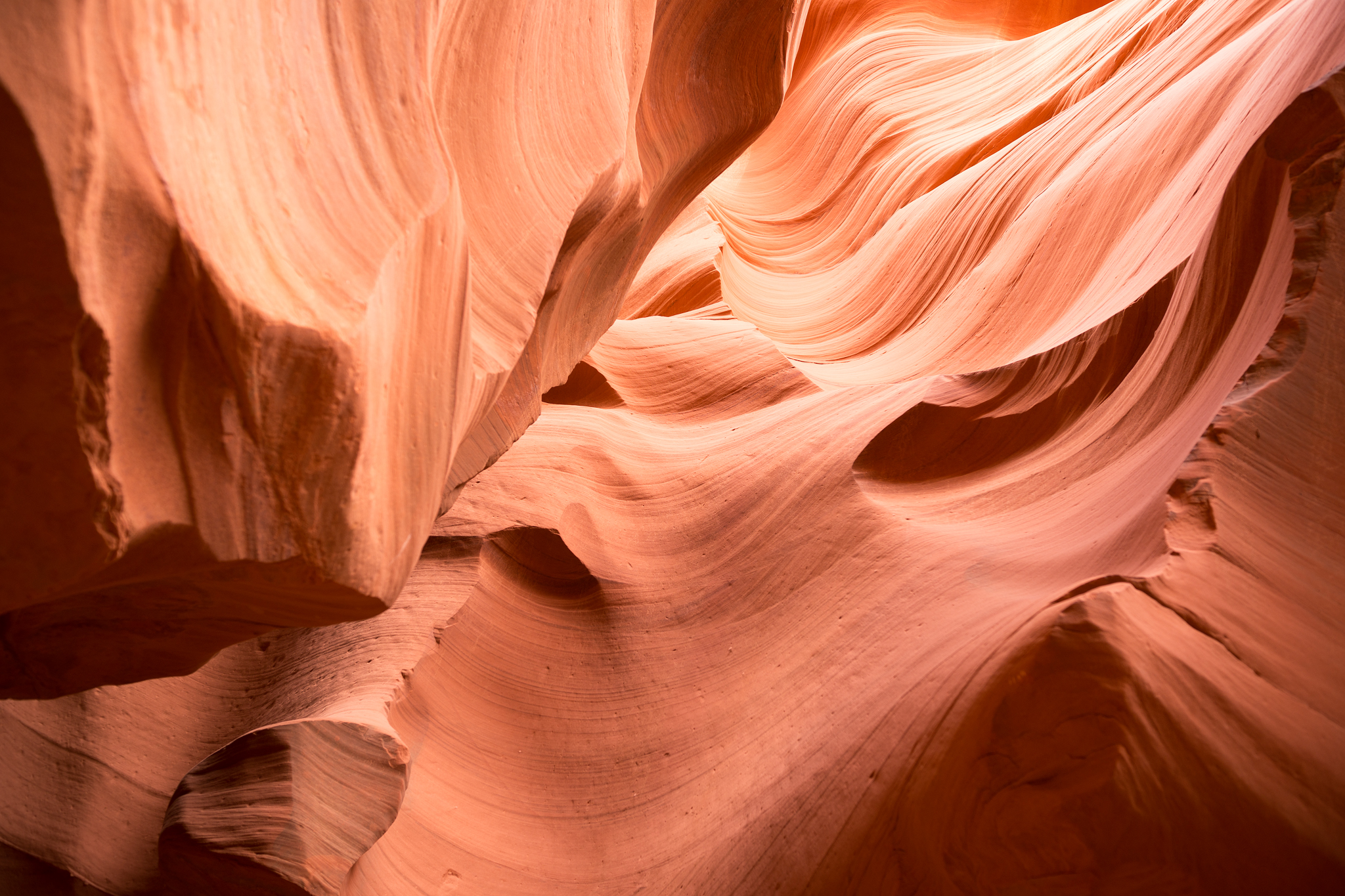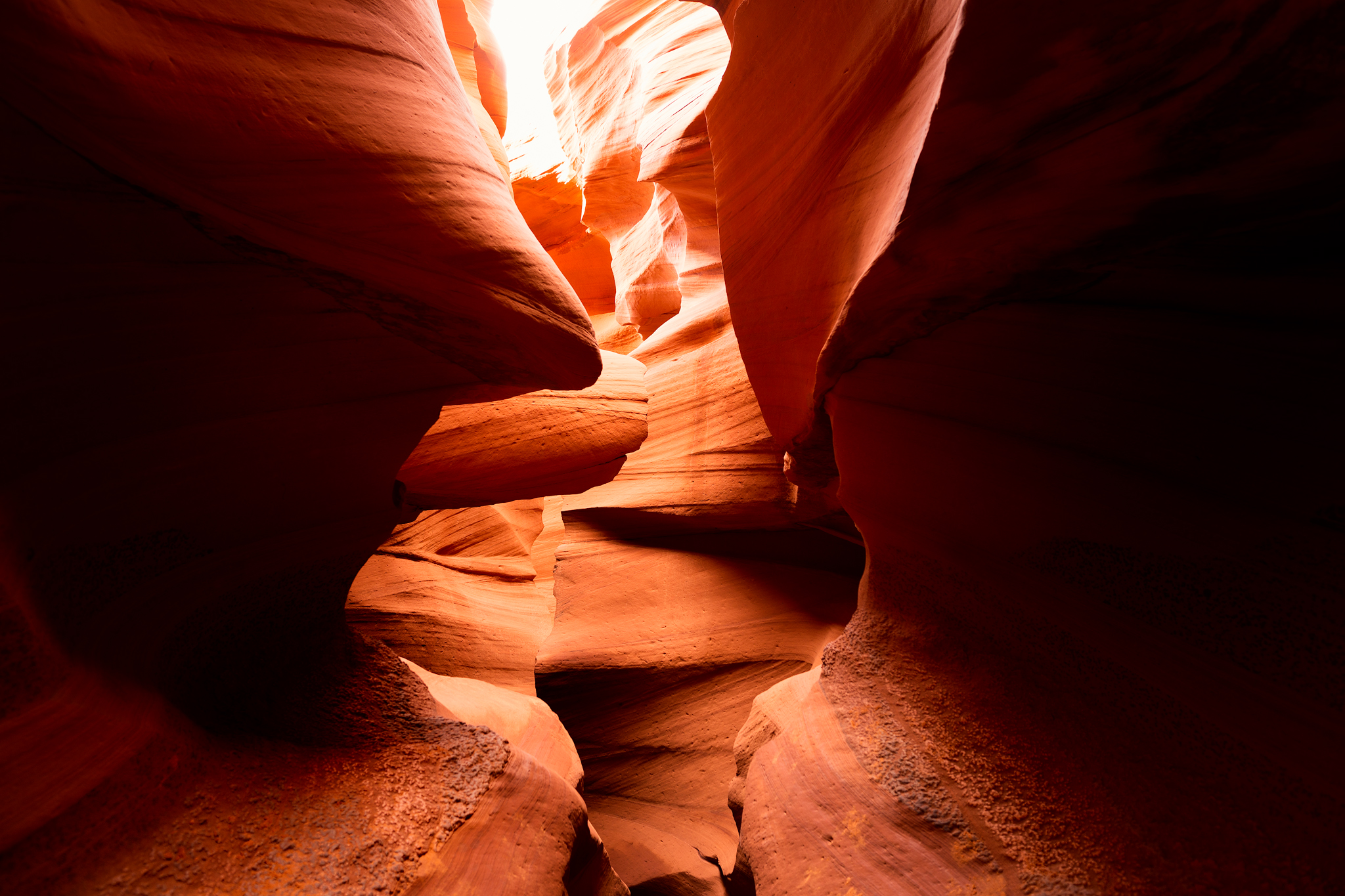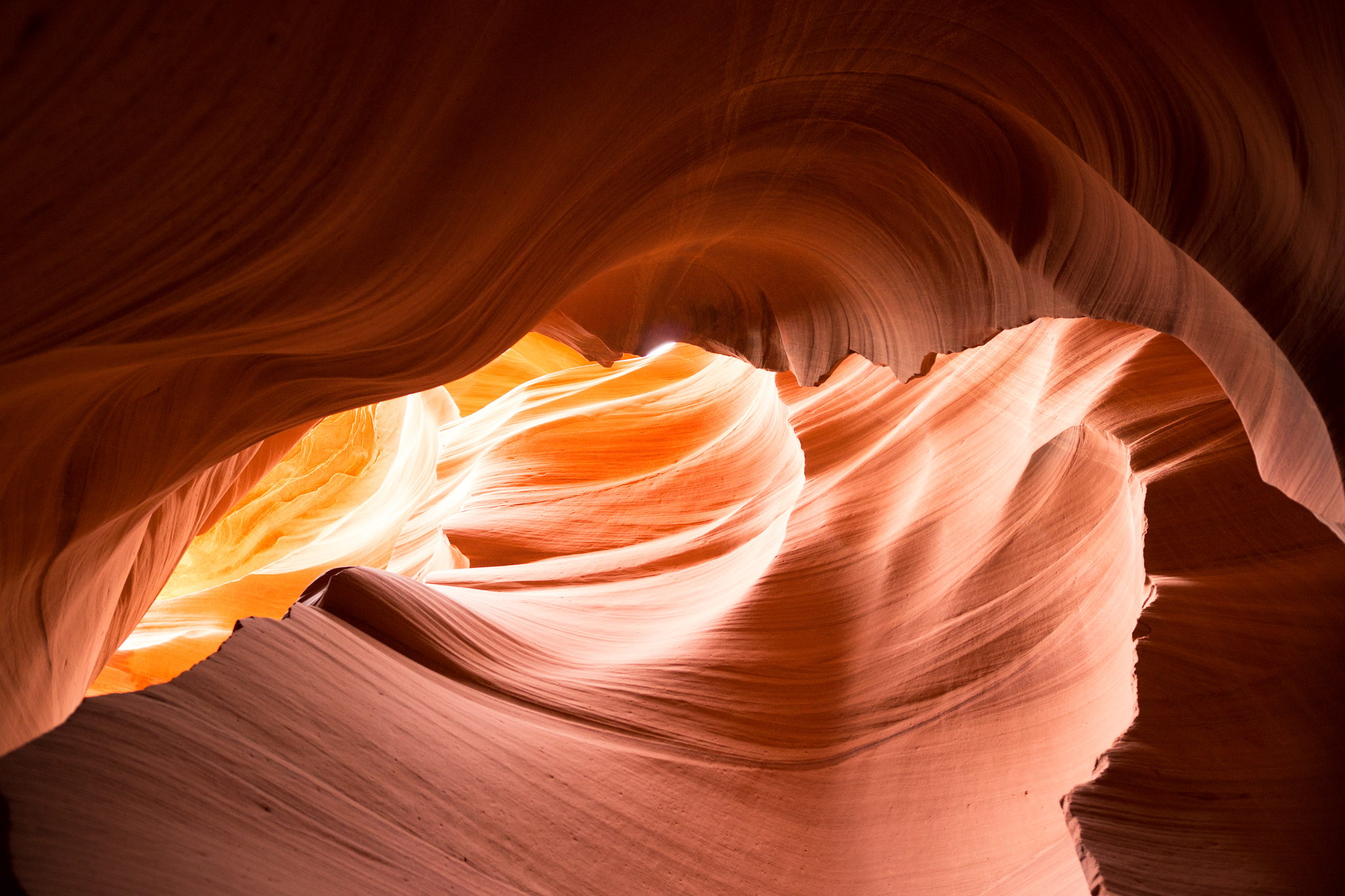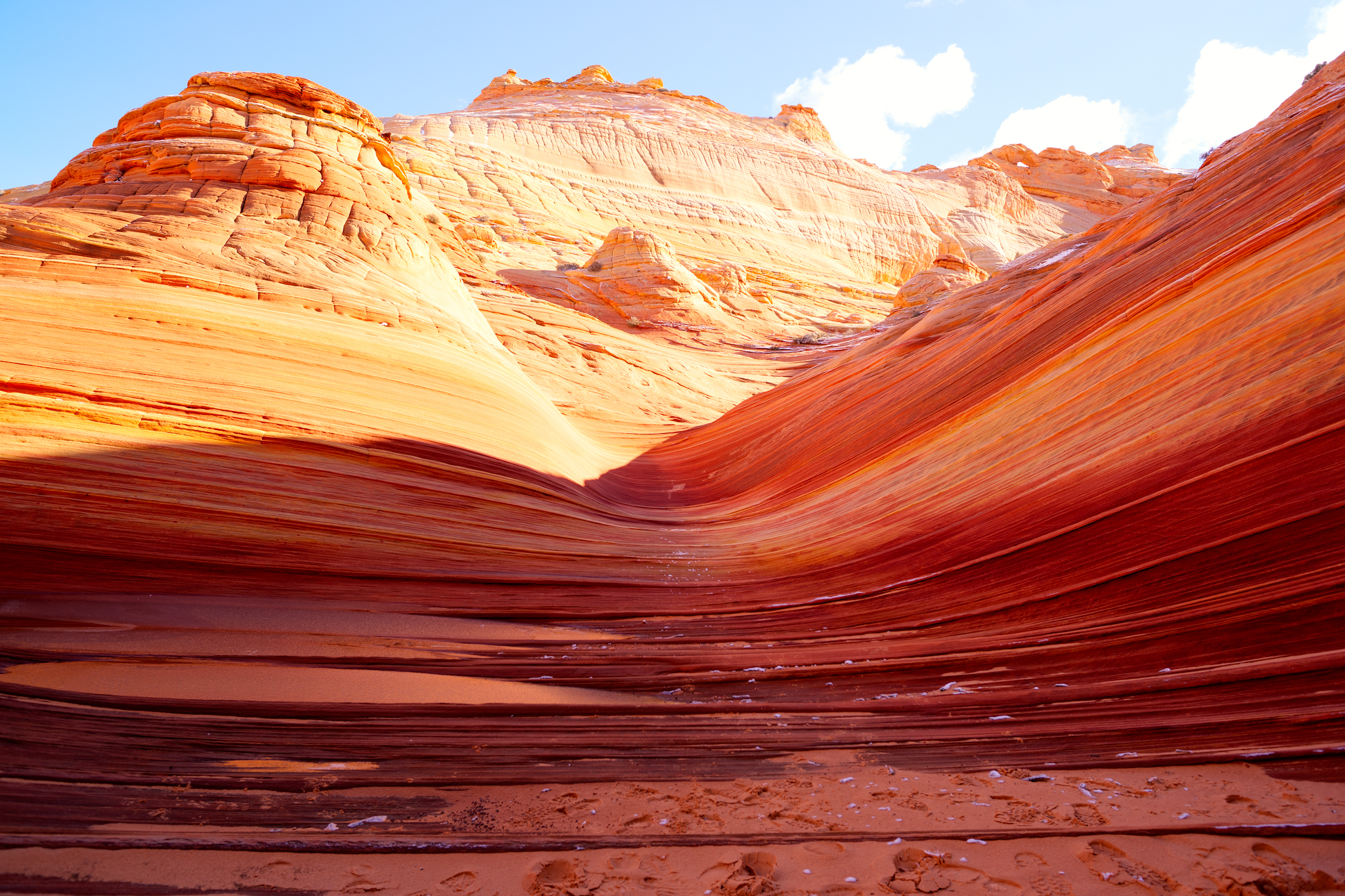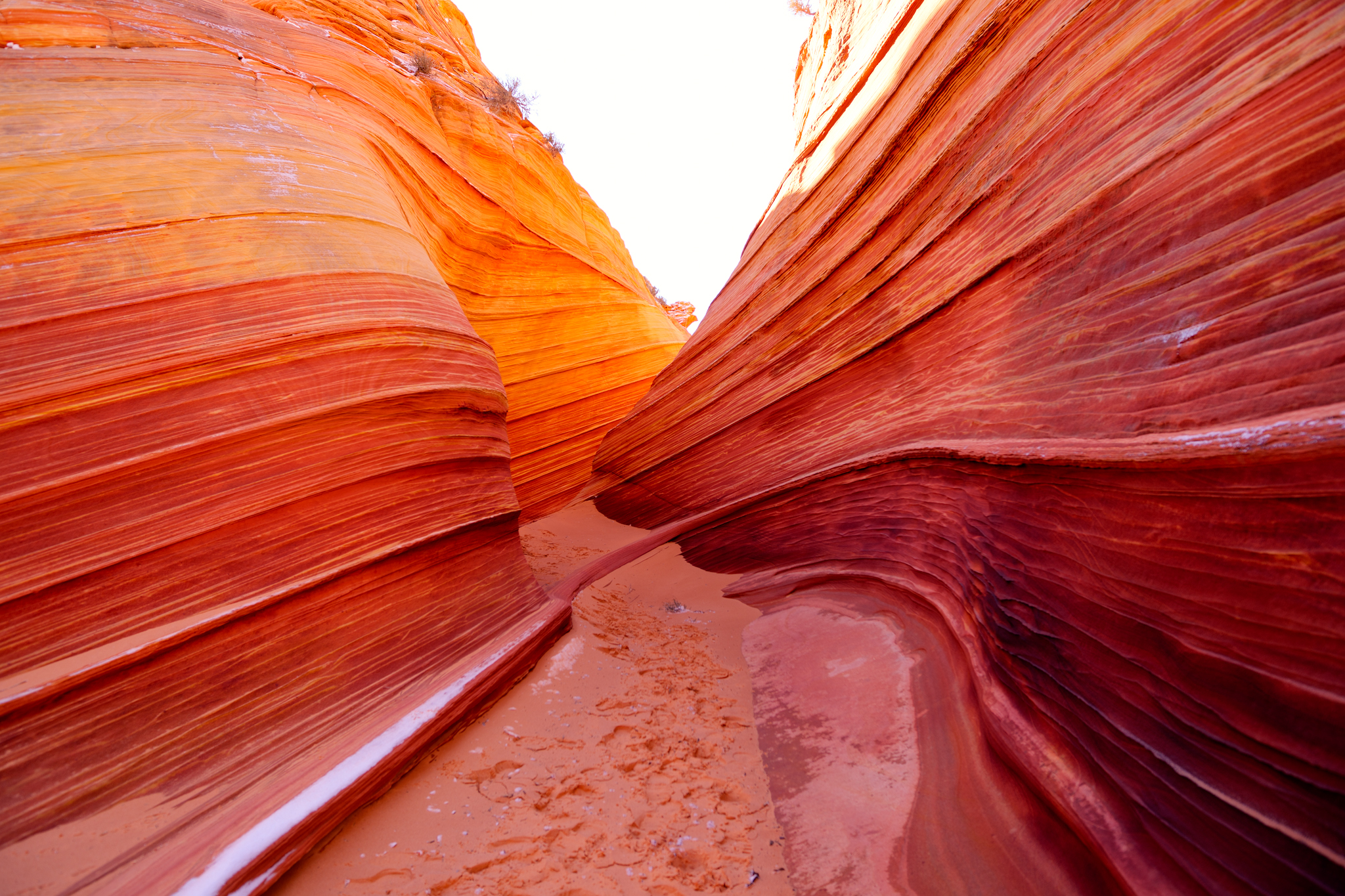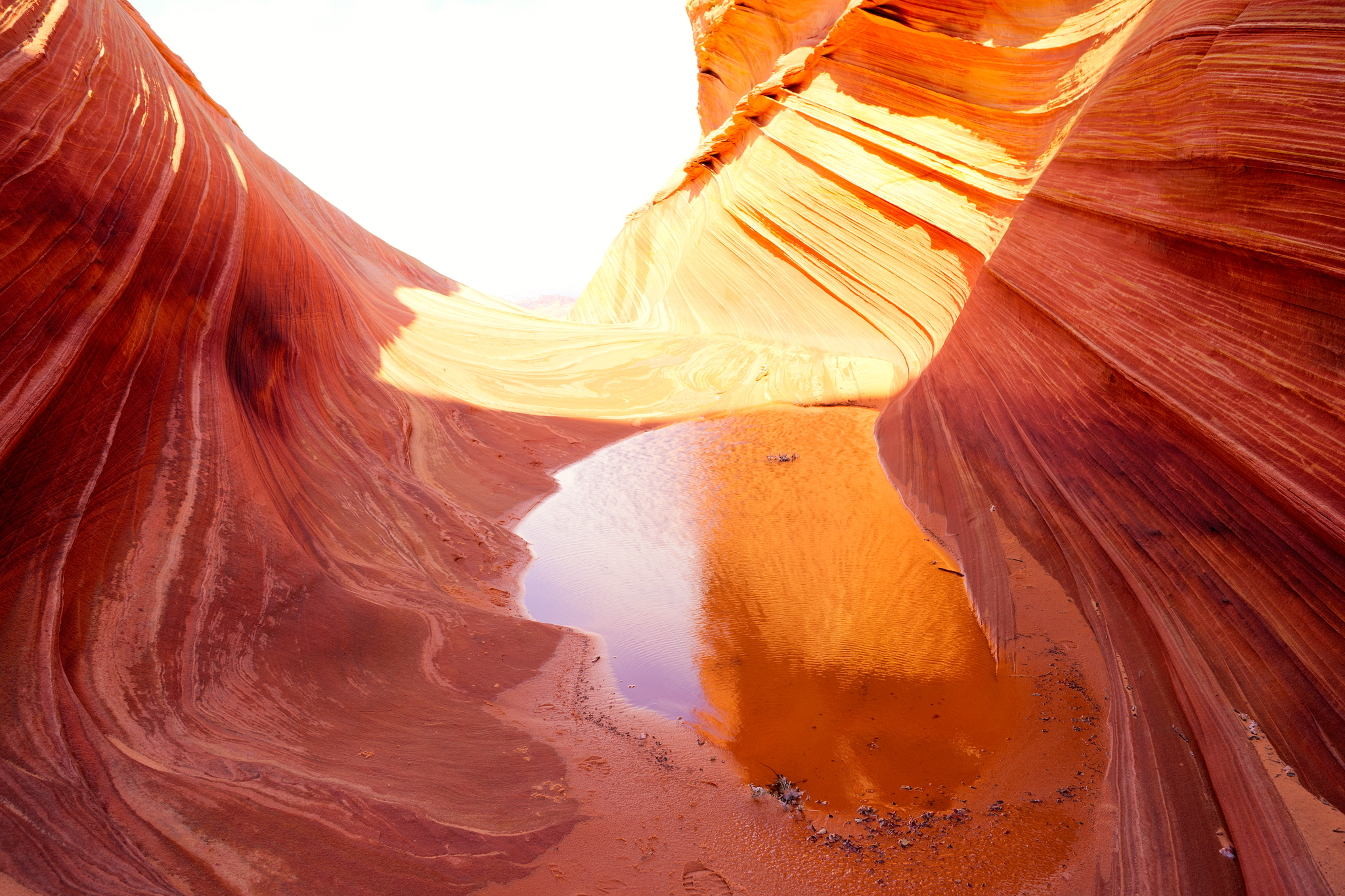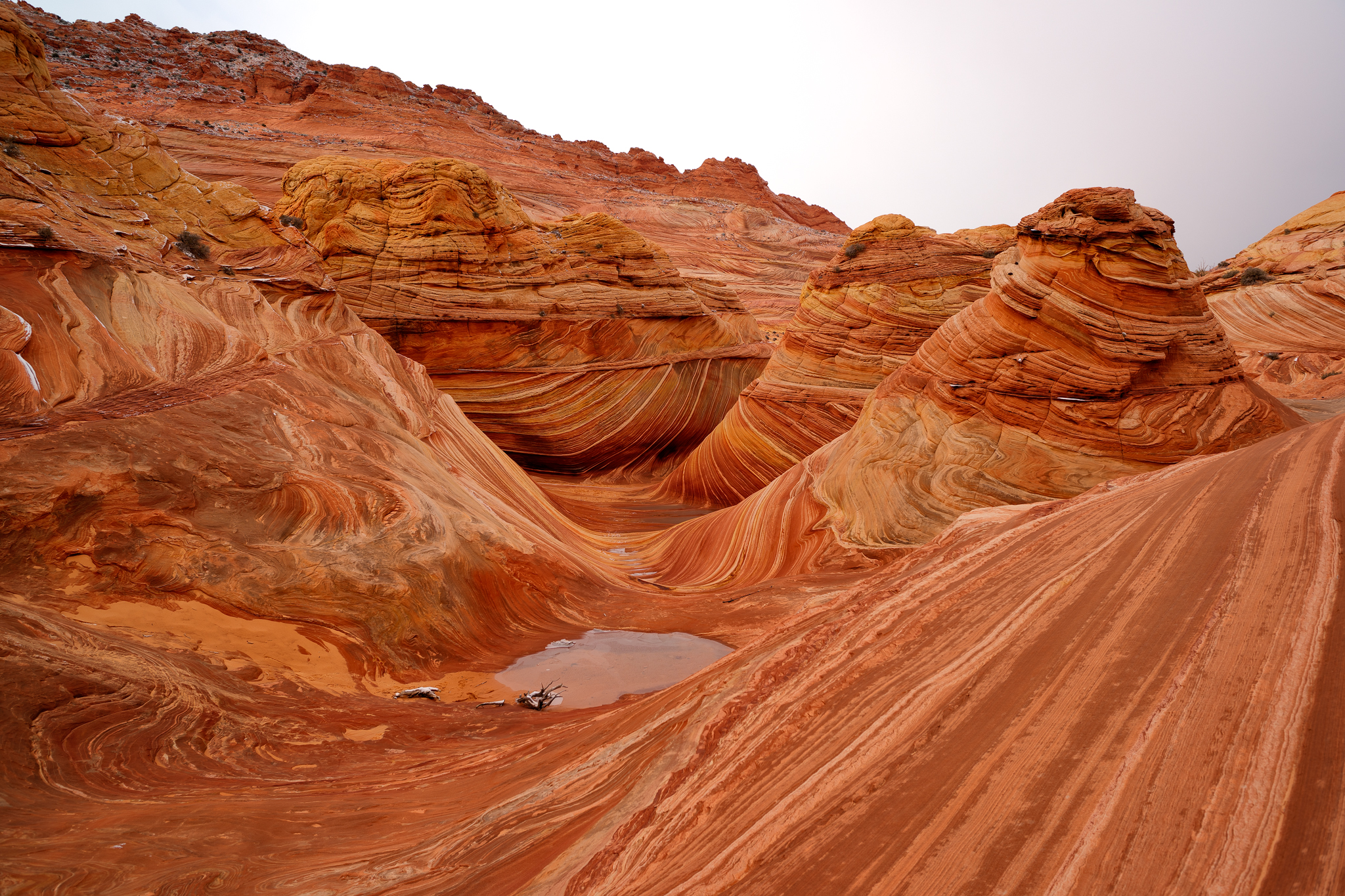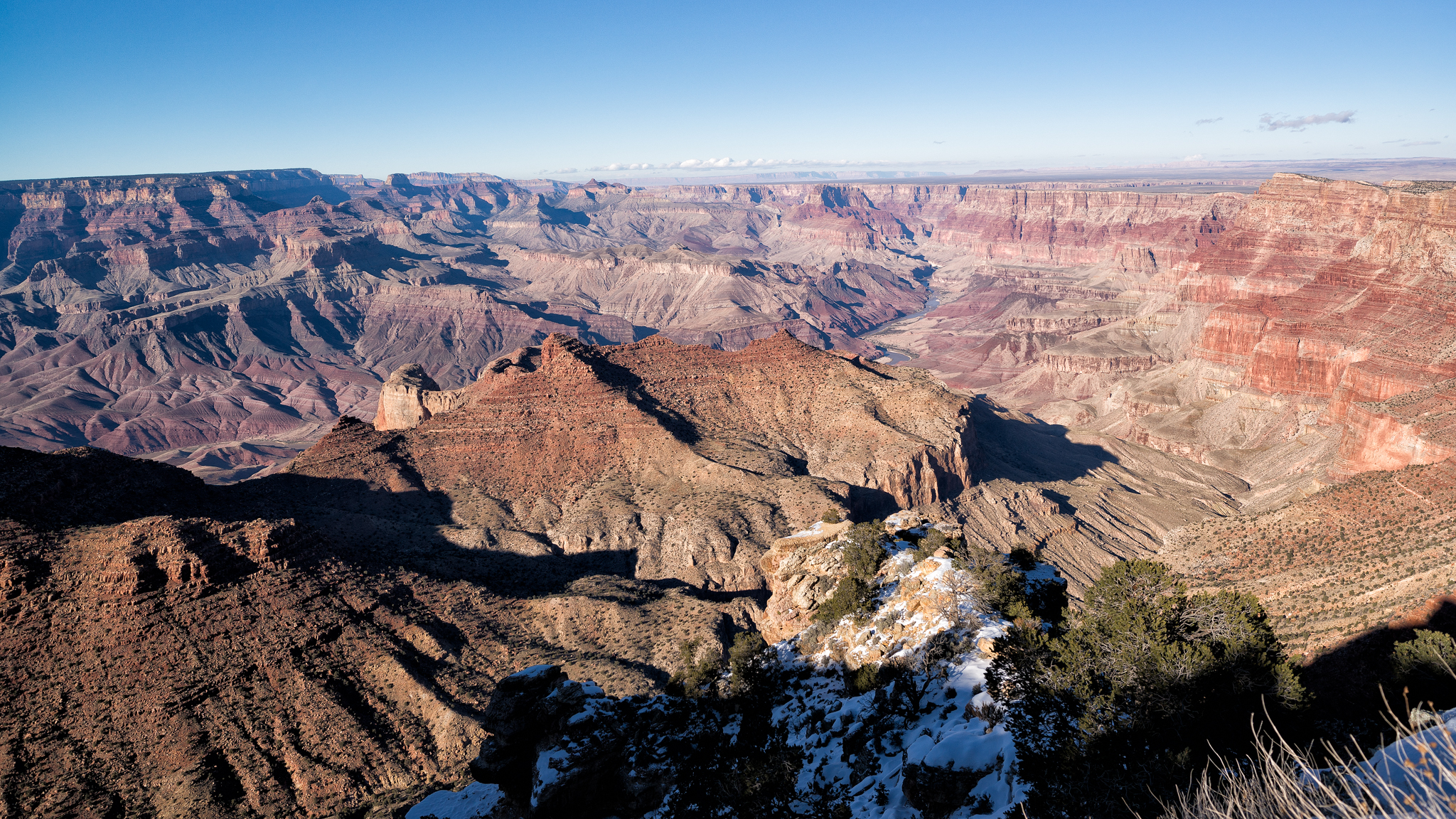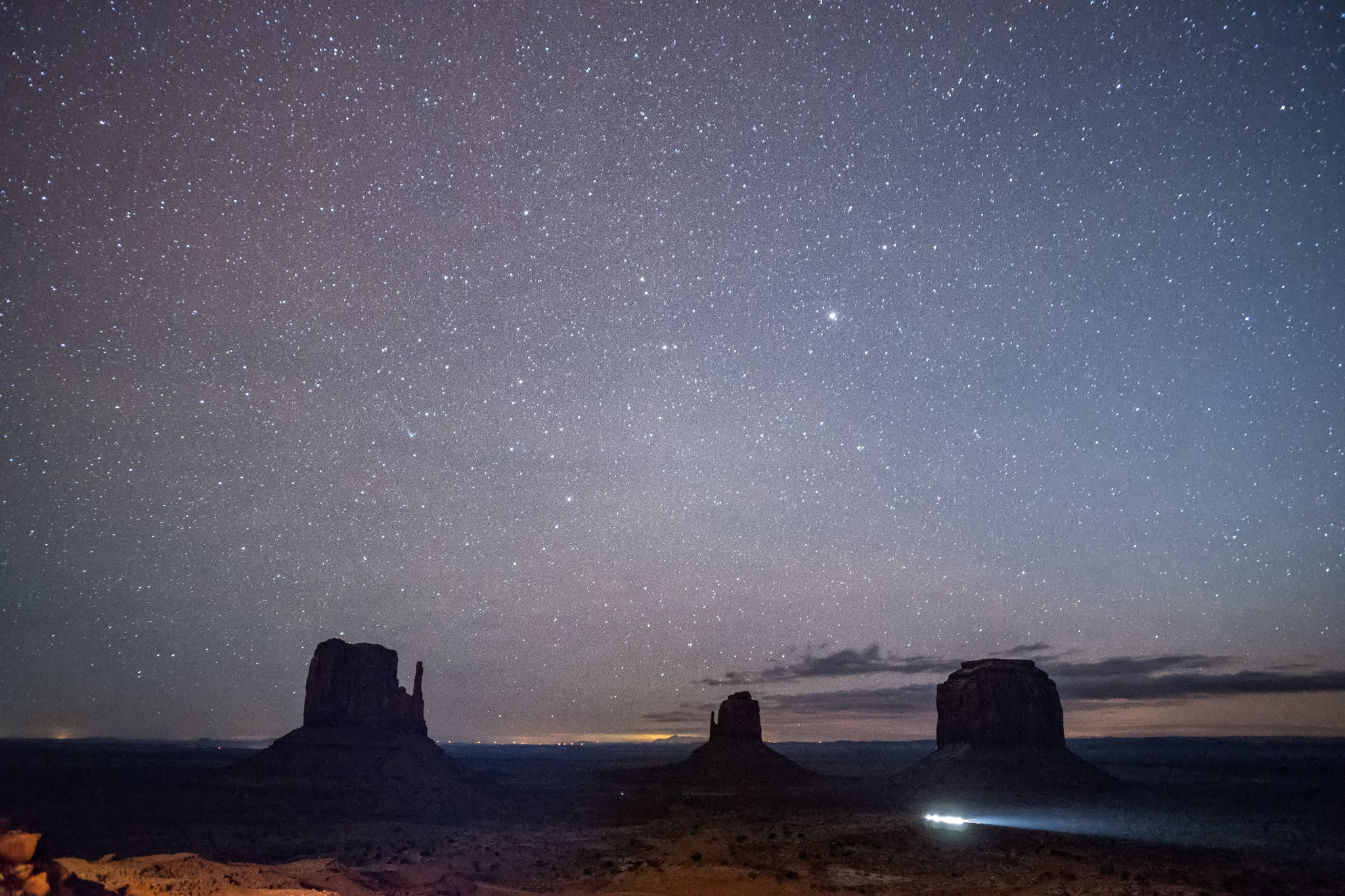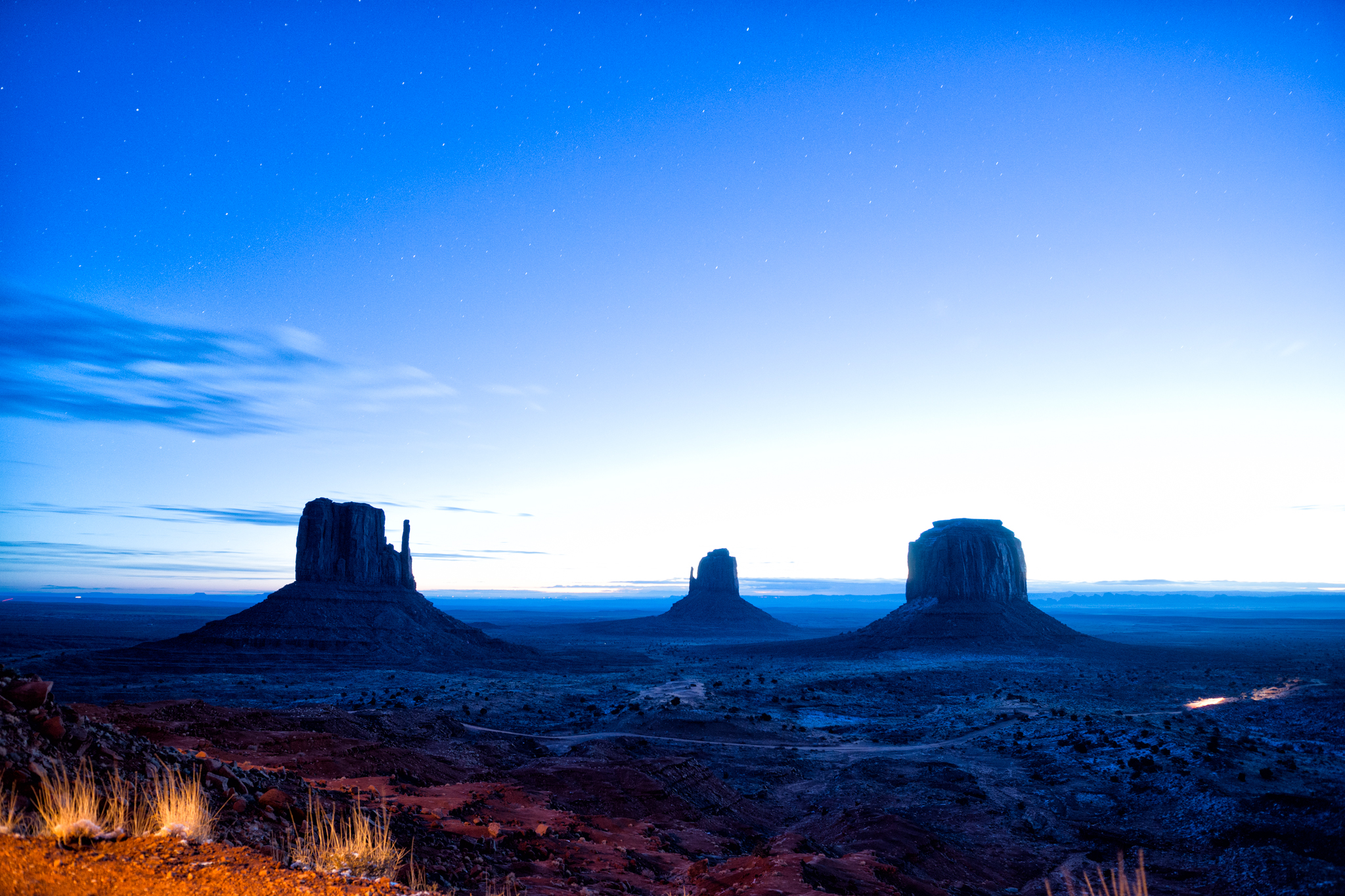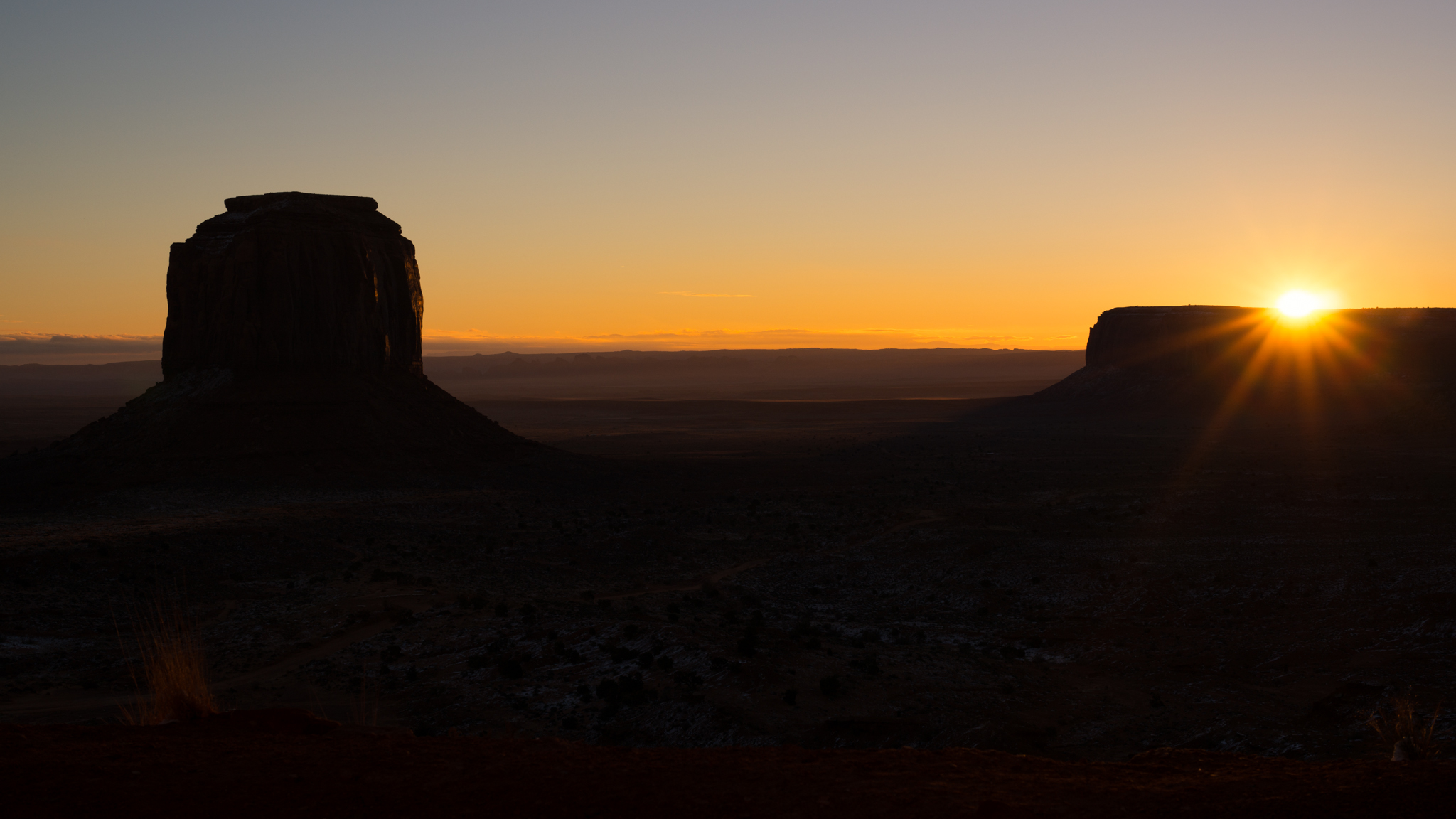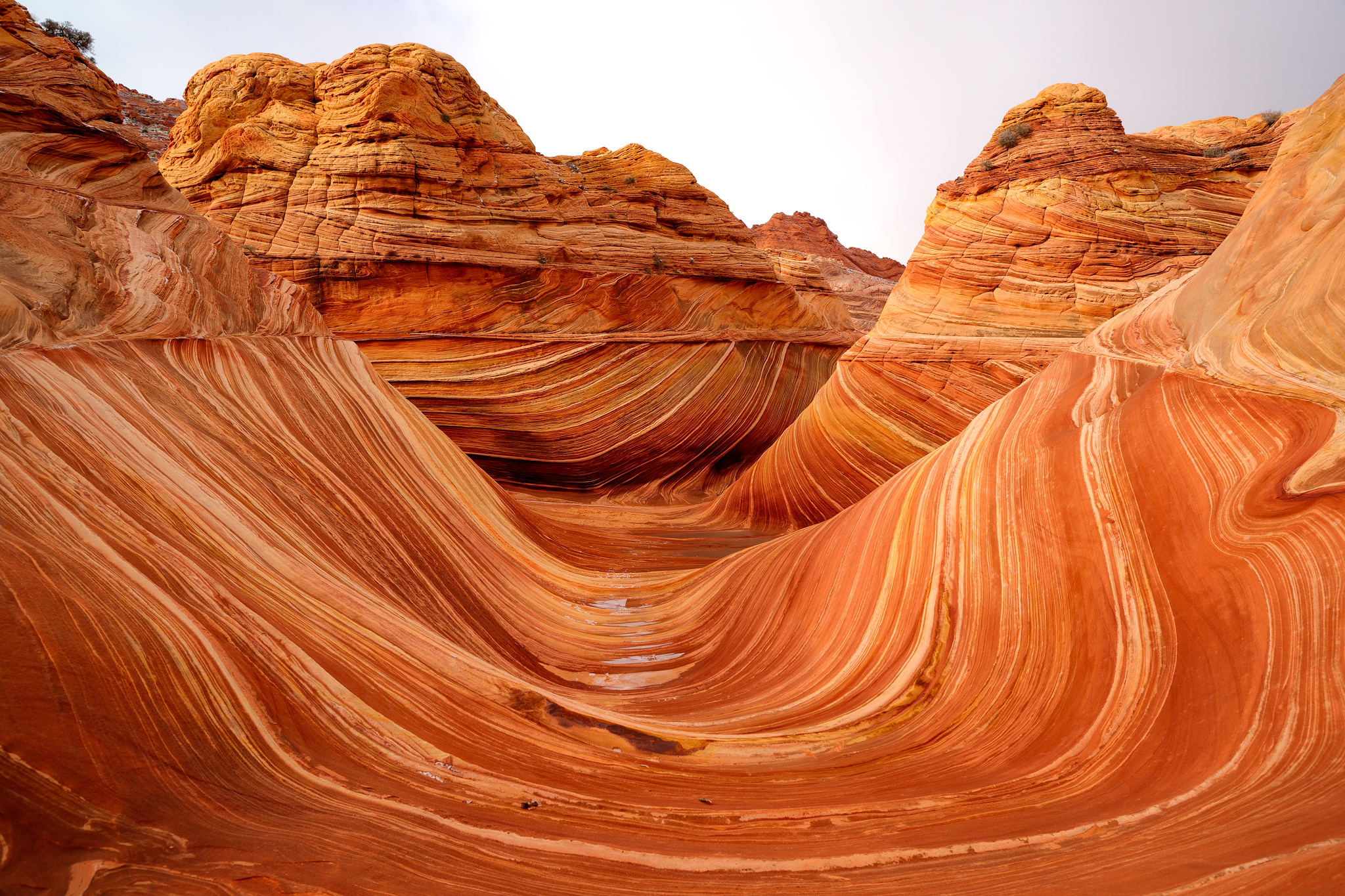
Back in 2007, I’d read an article by Hugo Martin from the Los Angeles Times where he said, “Apparently, you can’t call yourself a landscape photographer if you haven’t snapped a photo or two of the Wave.” I wasn’t much of a photographer then but somehow those few words stayed with me. They would nudge me now and then—during moments of contemplation … during moments of loneliness.
So what’s the problem you ask? Plan, book, and visit … right? Well, yes … except for one little aberration. There was a lottery to be won to get the necessary permit, as the Wave is a restricted area and only twenty people are allowed per day. With ten permits sold online four months in advance, which I was never lucky enough to win, the only option was to appear at the Bureau of Land Management (BLM) office in person, a day before the hike, and hope to win the lottery. However, the chances of winning were slim since usually over a hundred people show up for the ten spots. So just to make sure that me and my family are not too disappointed if we fail to win the lottery, the plan had to include places equally amazing and awe-inspiring. The overriding theme for the trip was “Red Rocks” and eventually my wife and I came up with the following list
- The Antelope Canyons
- Bryce Canyon
- Horseshoe Bend
- The Wave
- Monument Valley
The trip looked impressive on paper and the plan seemed flawless. Then, just a few days before our travel, there was this prediction on The Weather Channel of the winter storm Cleon to hit a large swath of the country on the exact dates of our travel. We had two options:
- Cancel our trip (blue pill)
- Take a chance (red pill)
We decided to take the red pill … and what followed created memories that we’ll cherish for a lifetime.
Sat, Nov 30 2013
Our first halt was Santa Fe. As we approached the city limits, the sky was turning crimson and so were the Pueblo Revival style buildings. However, by the time we reached our hotel it was already dark and my son was tired and hungry. We checked in to our hotel and immediately headed out for dinner. The roads were slushy as Santa Fe was recovering from a severe snowstorm that had blanketed the city and much of New Mexico during Thanksgiving.
Sun, Dec 1 2013
We started early, while it was still dark. We drove to Page, Arizona—our halt for the next few days and the fulcrum of our trip. At near zero visibility driving wasn’t fun. Thankfully, in about a couple of hours the fog cleared up and we were well on our way after a pit stop for lunch. We decided to go straight to the Antelope Canyons before we check-in to our hotel. Once there, we found out from the guides that though the Lower Antelope Canyon is more fun it had water puddles from the overnight rain and may be tougher to navigate. So we opted to take the permit for the Upper Antelope Canyon and do the Lower Antelope Canyon later. My wife and son took the general tour and I took the photo tour to give myself more time to fool around with my camera and tripod (incidentally tripods are only allowed on photo tours).
As luck would have it I was the only one in the photo tour and my guide had the presence of mind to stay out of my way for the most parts. So I pretty much had the canyon to myself for the couple of hours that I was there (apart from the brief moment when I met my family, with other members of their group, and quickly seized the opportunity for some family photos).
It took me a few seconds to get adjusted to the low light conditions in the canyon. But once my eyes got used to the light, or rather the absence of it, a wonderland was beginning to unfold. Light bounced off the walls in all directions creating for me never before seen hues on stone. I had my camera on a tripod, selected each frame meticulously, and triggered it for long exposures. The long exposures gathered every bit of available light particles and waves and combined them into images that were truly awe-inspiring.
The relentless forces of water and wind over thousands of years seemed to have created magic by slowly and diligently carving and sculpting the sandstone into unique forms, textures, and shapes.
I saw shapes of animals … maybe a lion, maybe dolphins, maybe an anaconda … it’s fun letting your imagination run wild like the animals you seem to imagine.
Unfortunately, there were no beams or shafts of light radiating down from the openings on the top of the canyons this time of the year. They are more common in the summer months when the sun is higher up in the sky. The light during the winter is more diffused and seemed to caress the rocks to form an orange and crimson glow.
The trail was flat all the way through. It was narrow and winding for the most parts and opened up twice into chambers. In all likelihood it may have been a place for spiritual gatherings for the Navajo people.
When I looked up I was even more mesmerized by what I saw. Sunlight pierced through the cracks painting the walls with colors that changed with time.
And then there was this heart sign formed by what seemed like a dinosaur turning back to check on his herd.
The Navajo people who prefer to be called as “Diné”—meaning children of the holy people—consider the Antelope Canyons as highly spiritual. I’d like to believe I met a spirit.
After about an hour we reached the other end of the canyon. It probably takes all about 15 minutes if you don’t stop for photos. But who in their right minds won’t?
The way back revealed even more jaw-dropping shapes. There were those walls that looked like talking heads—as if the entire tribe had gathered in a meeting.
And the cracks that played with color.
Back in the chamber and on our way out …
Incidentally, Upper Antelope Canyon is called Tsé bighánílíní, “the place where water runs through rocks” by the Navajo. But instead of water I found a flame.
You can’t miss it. It’s probably the highlight of the entire trail.
While driving back I wanted to photograph the lone tree stuck in the sand. My guide obliged, circled around the tree, and stopped at a vantage point. It seemed he had a photographic eye as well. The tree looked amazing with only the power grids keeping her company.
Unfortunately, after turning the ignition on, my guide realized that along with the tree we were stuck in the sand as well. It took all his driving skills and the four-wheel drive to get us out of the rut.
Later that night, my wife and I chatted and looked at each other’s photos. We were as excited as two kids who had just returned from their first camping adventure. I kept an eye on the weather predictions as well and it seemed that Cleon was about to hit Bryce Canyon on the 3rd and all roads leading to it may be closed to traffic for an indefinite period. So a change of plan was necessary. Lower Antelope Canyon had to wait. Bryce Canyon was up next.
Mon, Dec 2 2013
We started early. It was about a three-hour drive from Page to Bryce Canyon National Park in Utah. What we saw there is hard to explain. Cave without a roof? Forest of stone? Descriptions fail. I don’t think even the photographs do justice to the sights offered by this wonderland. Hoodoos (odd-shaped pillars of rock left standing from the forces of erosion) everywhere. And the Thanksgiving snow was just icing on the cake.
As the sun shines on the hoodoos they seem to go up in flames. As we hiked on our way down it seemed as if we were being engulfed by flames that aspired to touch the sky.
And in the midst of it all, the Thor’s Hammer stands in all it’s grandeur with unmistakable splendor and magnificence.
The snow-covered trail made it a lot more fun for all of us. We rolled on the snow and threw snowballs at each other.
The views left us speechless. We could have spent several days out there, however, as the sun was about to set, dark clouds seemed to engulf us. We instinctively knew that it was time to leave. Cleon was lurking somewhere close.
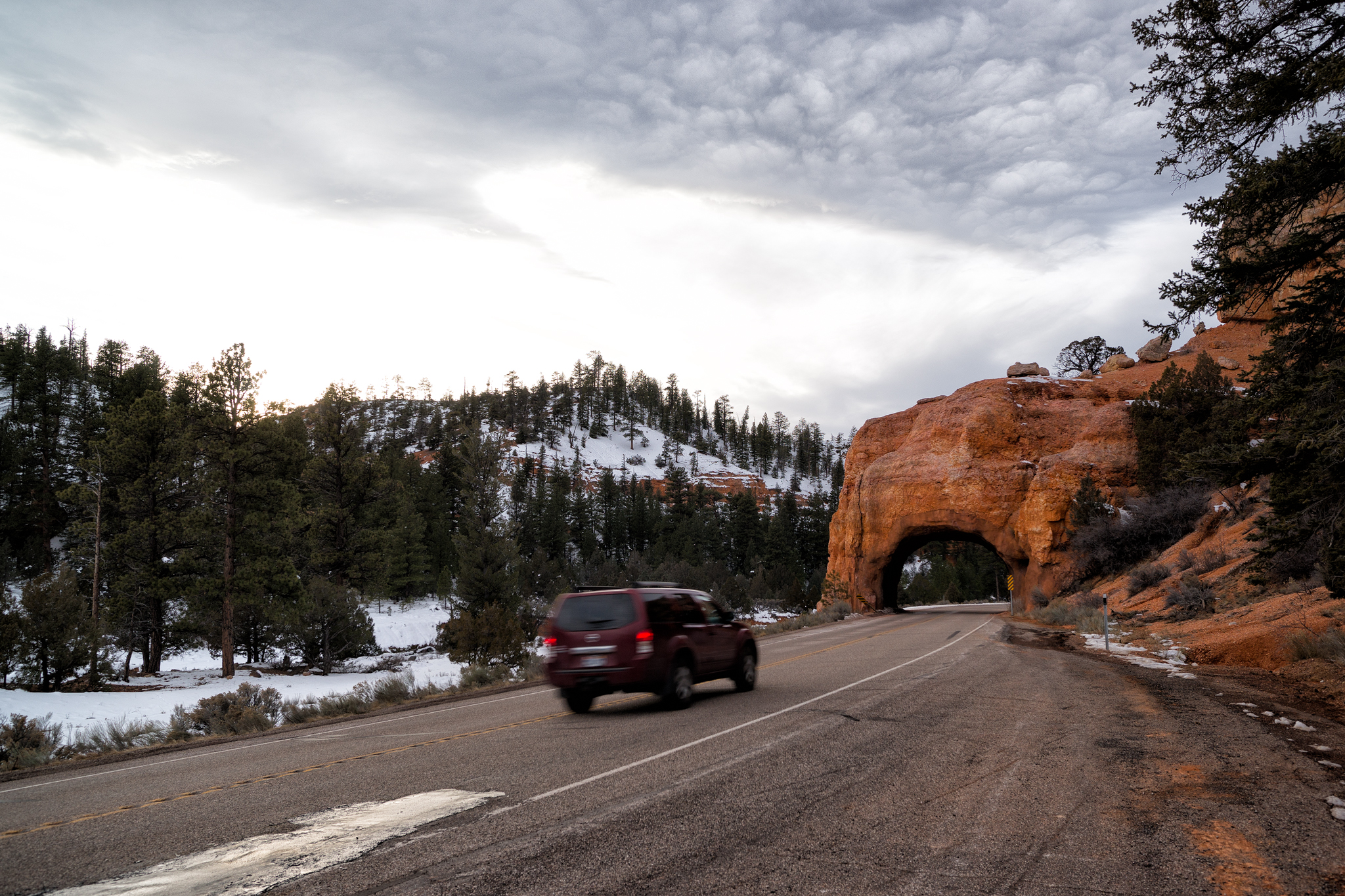 Tue, Dec 3 2013
Tue, Dec 3 2013
I checked the early morning news and as was predicted the roads to the Bryce Canyon were closed indefinitely due to the snowstorm. “That was close,” I thought, and couldn’t help but be grateful for all the predictive technology developed by mankind.
After a few hours we found ourselves huddled in a small room with other hikers, in a nondescript Bureau of Land Management (BLM) office in Kanab, Utah hoping to win the lottery that’ll get us a permit to visit the Wave. As the winter storm Cleon was expected to hit the Arizona-Utah border the next day, a BLM staffer rightfully warned us of the dangers of hiking in such an adverse weather before beginning the ritual. As if that wasn’t enough, he went on to say that many hikers get lost while hiking and never discover the Wave. There are also a few cases of reported deaths due to extreme weather conditions or from falling in the slot canyons after getting lost in the dark. That I think was enough to scare the bejesus out of almost everyone in the room. Eventually, it became a non-event as only seven hikers including me and my family remained (a lottery is held if more than ten persons are seeking a permit). You can get more information regarding the permits here.
With a mixed feeling of elation and trepidation—on getting the permit for the Wave—we headed over to the Lower Antelope Canyon.
The Navajo name for the Lower Antelope Canyon is Hazdistazí or “spiral rock arches”. Prior to the installation of metal stairways, visiting the canyon required climbing along pre-installed ladders in certain areas. Even following the installation of stairways, it’s a bit of a tougher hike compared to the one at the Upper Antelope—it’s longer, narrower in spots, and even footing is not available in all areas. However, the narrow and tight bends adds a lot more fun to the whole experience. The views in Lower Antelope Canyon change constantly as the sun moves across the sky, filtering lights softly across the stone walls. These ever-moving sun angles bounce light back and forth across the narrow canyon’s walls, creating a dazzling display of color, light, and shadow. Personally, I think, the views of the Upper Antelope Canyon pale in comparison.
Not surprisingly, Lower Antelope Canyon draws a considerable number of photographers, though casual sightseers are much less common than in Upper.
The sights were breathtaking to say the least, and if you for some reason can only make it to one of the canyons then Lower Antelope Canyon, by all means, should be your choice.
Later on, just before sunset, we went to see the Horseshoe Bend—a horseshoe-shaped meander of the Colorado River located close to our hotel. It’s quite an easy hike (3/4 of a mile each way) from the trailhead. It’s both awe-inspiring and scary (especially for acrophobic people)—there is no guard rail along the edge of the thousand foot cliffs leading down to the Colorado River below.
As I moved around “The Bend” for the perfect shot, my wife had a great time snapping up photos of me fiddling with my camera until a few jackals started howling at a distance. You can’t quite see or hear the jackals, but believe me they were there (and it’s quite spine-chilling if you are not used to the wild) when I framed the shot and pressed the shutter. My favorite 24mm did it for me … yet again.
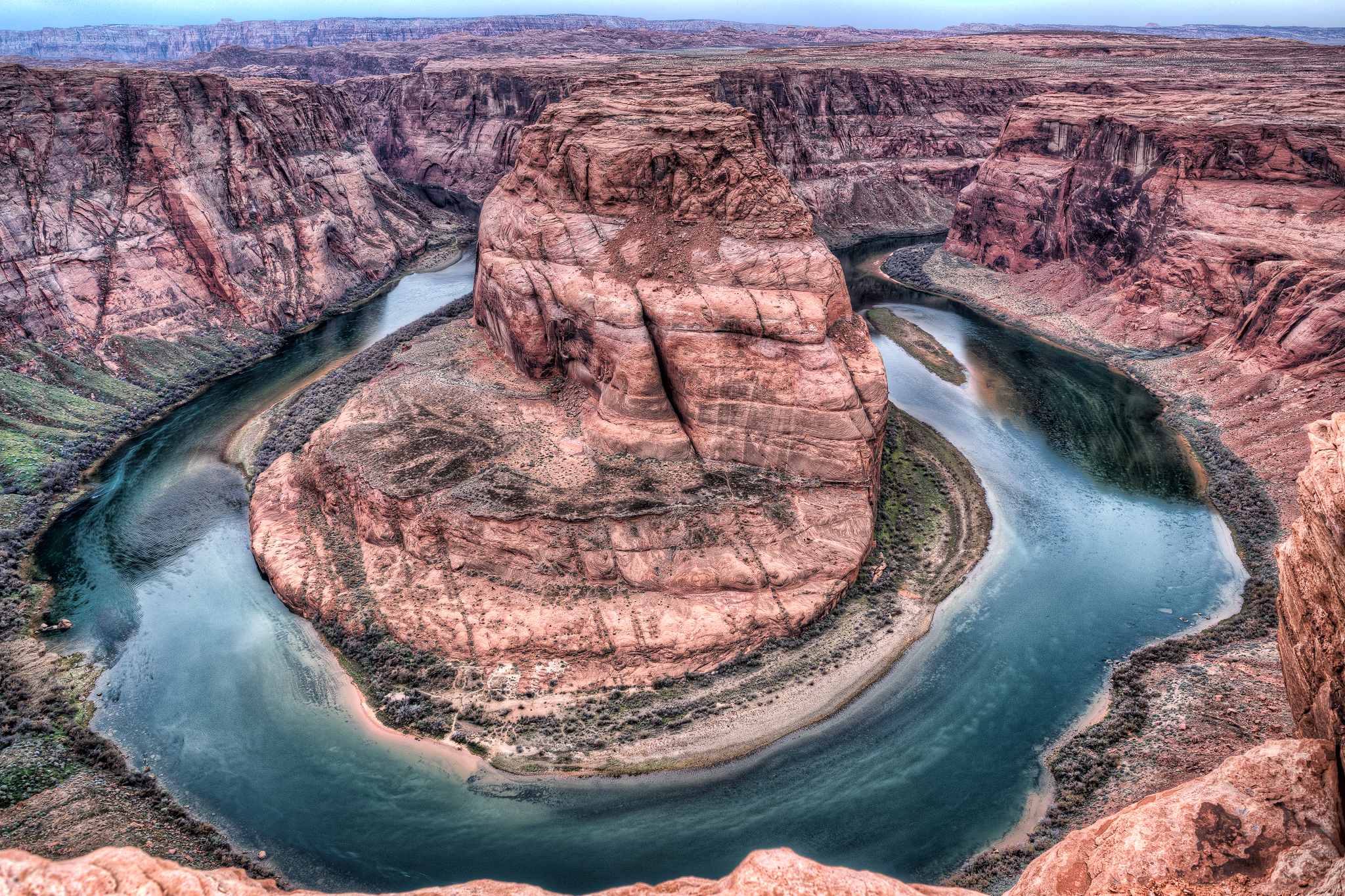 Wed, Dec 4 2013
Wed, Dec 4 2013
Though it was easy enough to get the permits to the Wave, I knew it would be a tough hike, given the weather conditions, and wasn’t so sure whether my wife and son can tag along with me. Unfortunately, Cleon did hit us at night and me and my wife were no more willing to take a chance with our son. However, my wife was only willing to let me go if I hired a professional guide. I thought that was a good idea as I wasn’t keen on getting lost in a blizzard.
So I hired Bret and off we went for supposedly one of the most daring adventures of my life. It was a moderately difficult six-mile hike through snow, mud, and inclined slopes of the buttes. At 20°F and 20-30 mph winds it wasn’t getting any better. Thankfully, as we hiked, the sun came out and warmed us up a bit.
After almost a couple of hours, as my hands were starting to feel numb, I entered a dreamlike world of swirling colors and psychedelic patterns through a narrow passage.
At mind altering temperatures and high winds, I wasn’t so sure what I was looking at was real. Was I looking at Jurassic-age Navajo sandstone—190-million-year-old sand dunes turned to rock or was I simply hallucinating?
Everywhere I looked I saw those psychedelic patterns—undulating walls lined with burnt sienna, pink, gray, turquoise and pale green. The bands mostly ran horizontally, but at spots they zigzagged and shimmied before falling back into their previous pattern.
I think I had lost track of time while trying to gather what seemed to me as my hallucinating and fragmented consciousness. Touching the walls helped.
However, something still seemed missing. I wasn’t seeing the same patterns as the images on the Internet. I walked to the South end, turned around, and there it was—the Wave in all its glory.
As the sun moved in and out of the clouds the vibrancy of the colors changed—subtle shades became deeper and richer in minutes. Thereafter, I climbed higher and got a bird’s-eye view of the buttes.
It’s a rare experience to have the Wave completely to oneself. I felt blessed to have experienced it in a way it’s meant to be—in isolation … in complete seclusion.
A bit further towards the west, I came across this feature which is commonly known as the “Second Wave.” It was a bit of a damper after seeing the Wave but nevertheless it was unique in its own way.
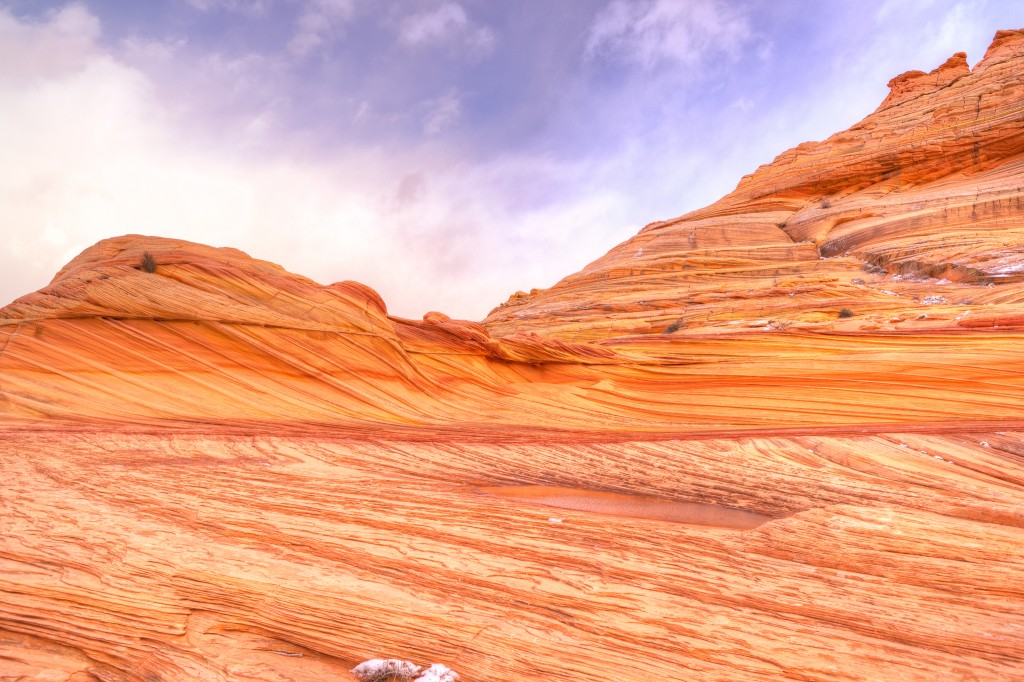
It was our time to checkout from the hotel at Page and head over to Monument Valley located on the Arizona-Utah state line. However, since my son was disappointed in not being able to make it to the Wave we wanted him to have some fun and took a detour to the South Rim of the Grand Canyon. With five inches of snow on the ground hiking down was relatively safe compared to the slushy trails of the Bryce Canyon. Needless to say, my son was extremely excited about the hike and kept on recalling his experiences of the Skywalk on the West Rim a few years back and the fact that how brave he was going on the Skywalk and having no fear of heights. He forgot all about his disappointment of not making it to the Wave.
It was close to sunset when we saw Monument Valley at a distance. The drive through U.S. Route 160 was one of the most fascinating drives of my life. Scenes from Stagecoach and Forrest Gump came to life. It was only natural to expect John Wayne appear over the horizon on horseback donning his iconic cowboy hat.
The sun had already set when we checked in to the only hotel with a view of the “Mittens.” Apart from the Visitor Center next to it there was no sign of human civilization as far as my eyes could see. I was excited about how the sky would look when it gets dark.
Fri, Dec 6 2013
It was 4 am and 10ºF. I leapt out of the balcony with my tripod and camera in true cowboy fashion for this awe-inspiring view of the “Mittens” on a starry night. A 20 sec exposure at f/2.0 captured the Draco, Hercules, Ursa Minor, and Corona Borealis constellations.
After a while my fingers started to feel numb. However, the view that was unfolding in front of my eyes was too amazing to pass up. The sky was changing color with every passing moment and I stood there motionless till I heard my wife calling me from the balcony as the sun was about to come up.
And then when the sun came up it was pure magic.
After a sumptuous breakfast it dawned on us that it was time to head back home. The most amazing family adventure had come to an end. The magic of the red pill gave us memories that would stay with us for a lifetime.
